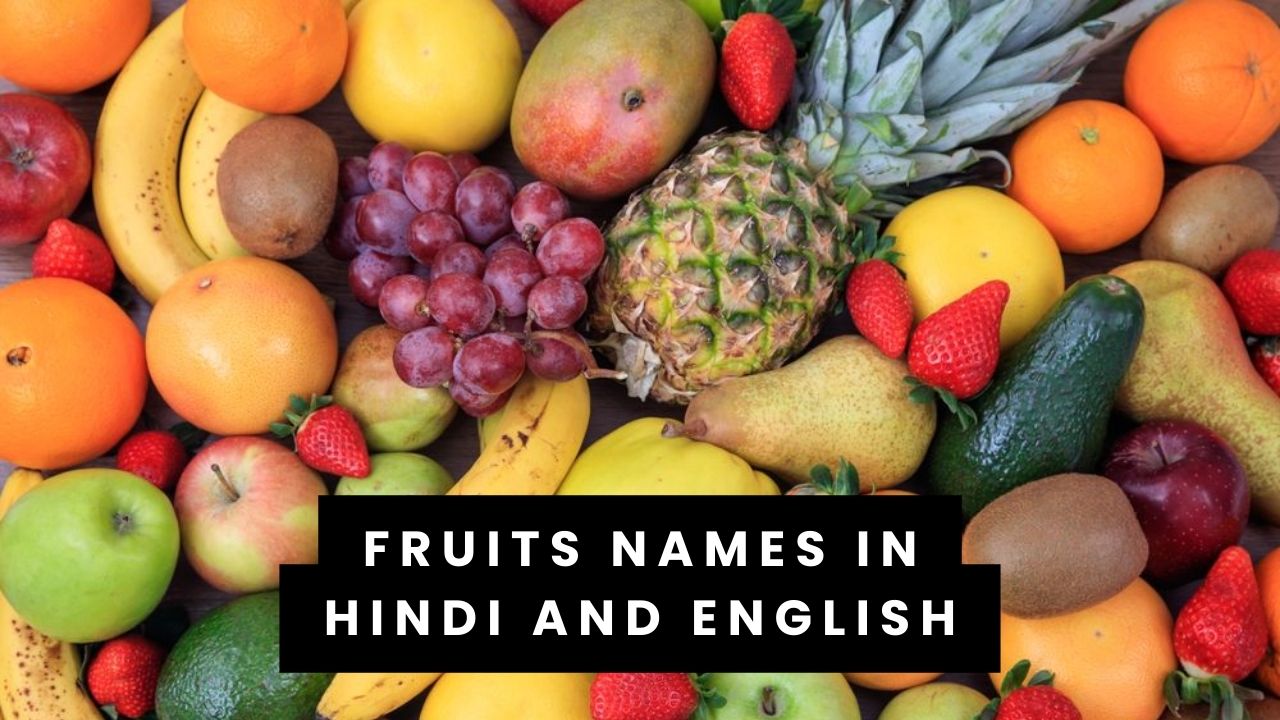Fruits are essential for a healthy diet and have different names in various languages. This shows the rich variety of cultures.
For example, what we call an ‘apple’ in English is known as ‘सेब’ (Seb) in Hindi. Having names in both languages is really helpful for learning and talking with people from different places. It also helps share farming tips and knowledge around the world.
Knowing fruit names in both Hindi and English connects different cultures and helps us understand and respect each other better in our diverse world.
LIST OF HINDI & ENGLISH NAMES OF FRUITS
| S.No | English Name | Hindi Name | Extra Column |
|---|---|---|---|
| 1 | Apple | सेब (Seb) | 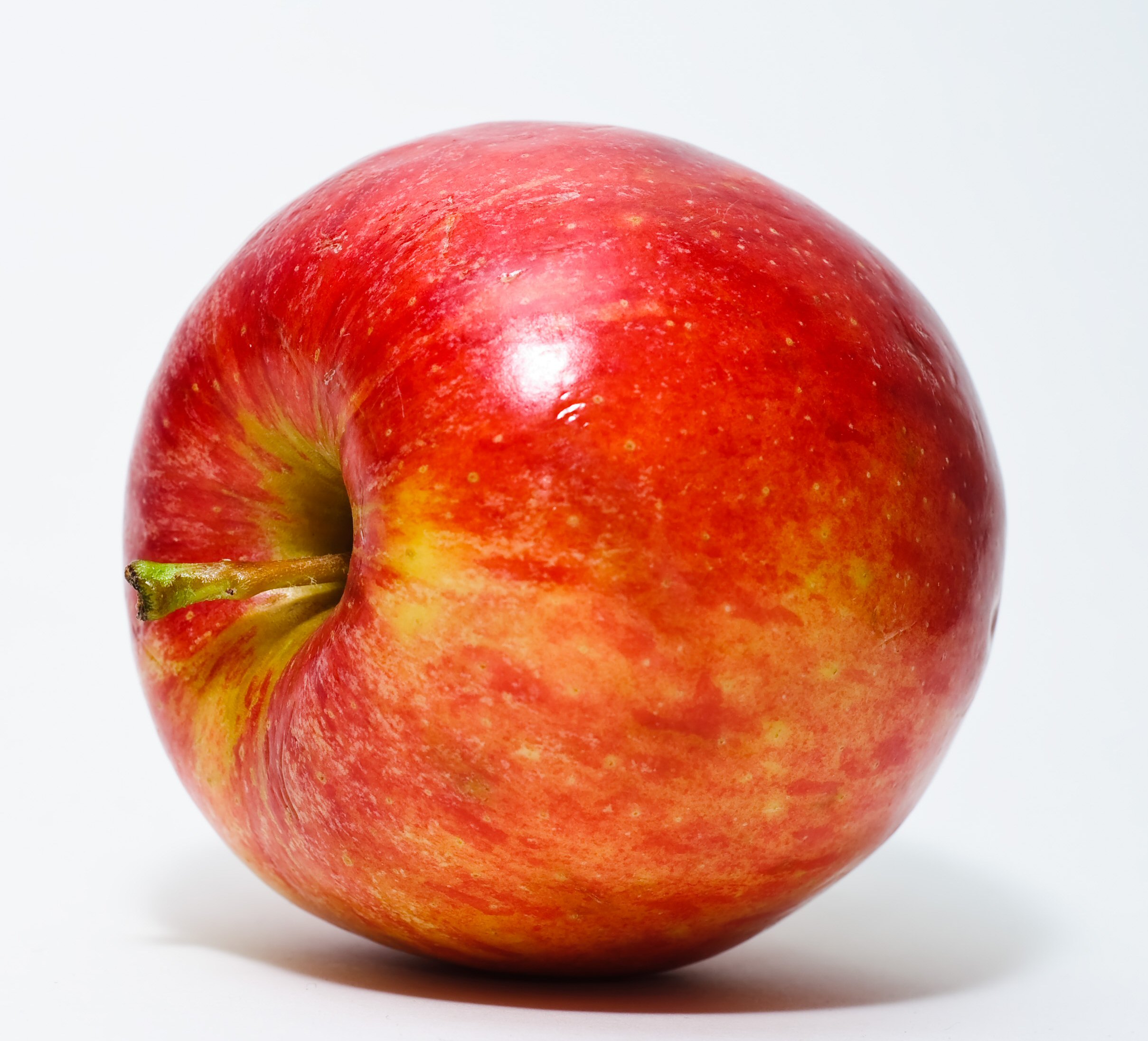 |
| 2 | Banana | केला (Kela) |  |
| 3 | Mango | आम (Aam) | 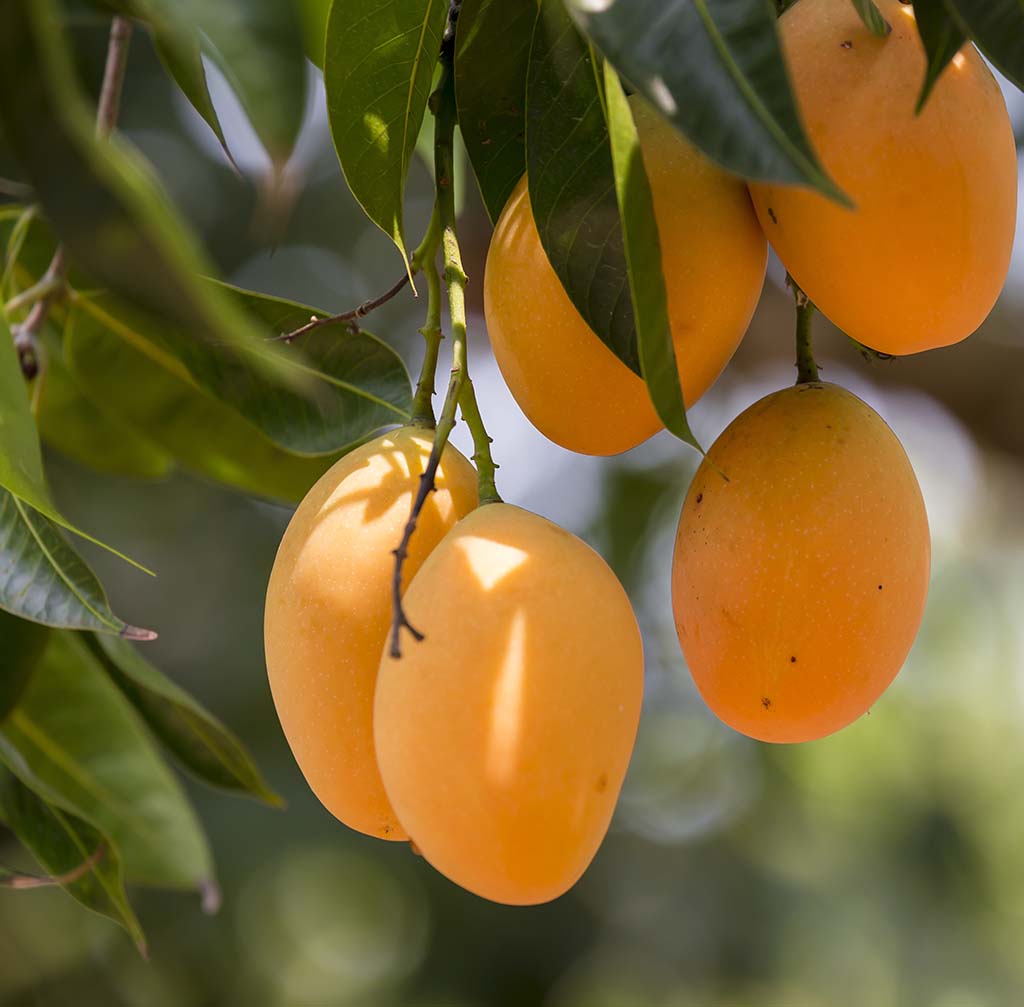 |
| 4 | Grapes | अंगूर (Angoor) | 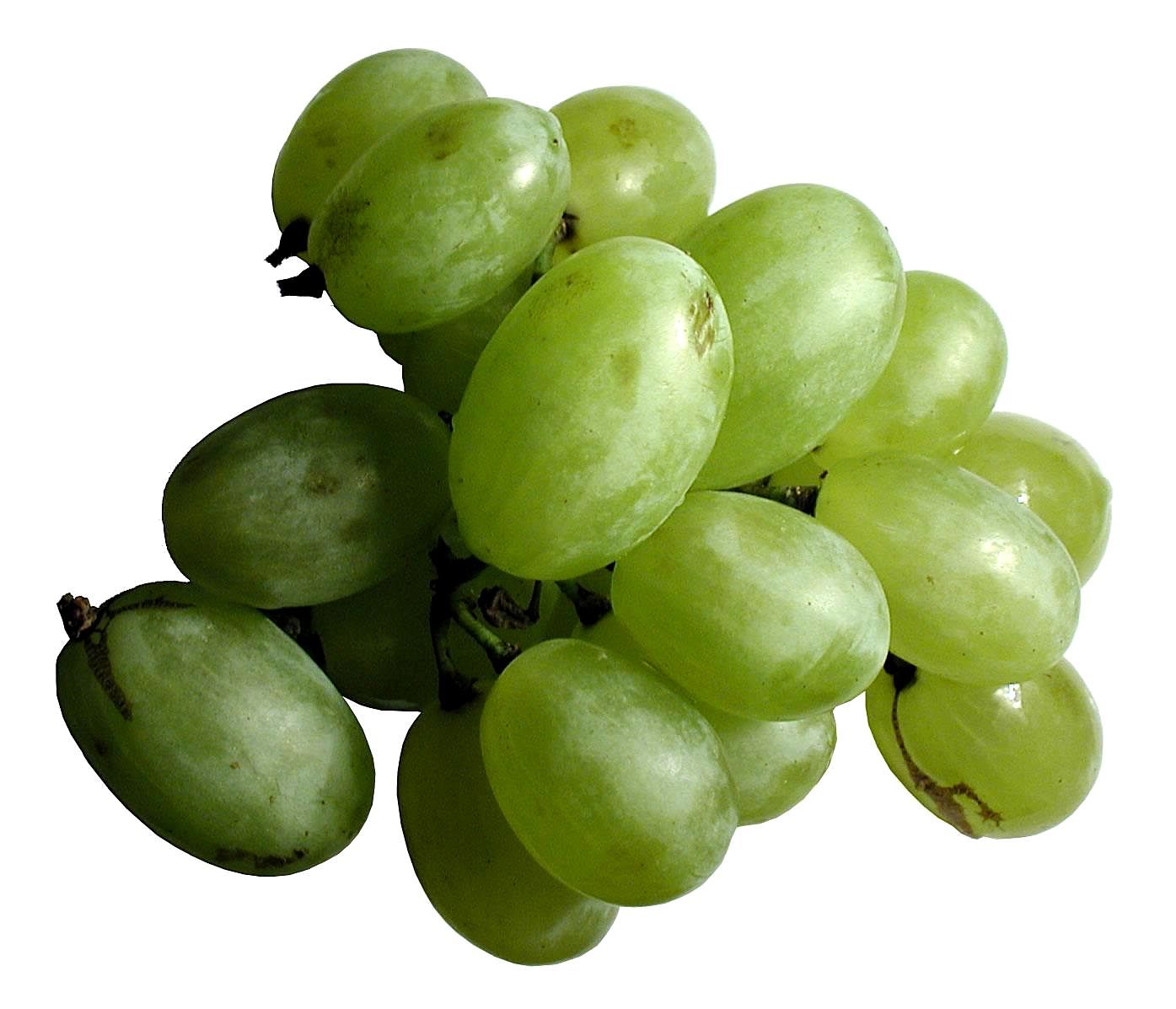 |
| 5 | Orange | संतरा (Santra) | 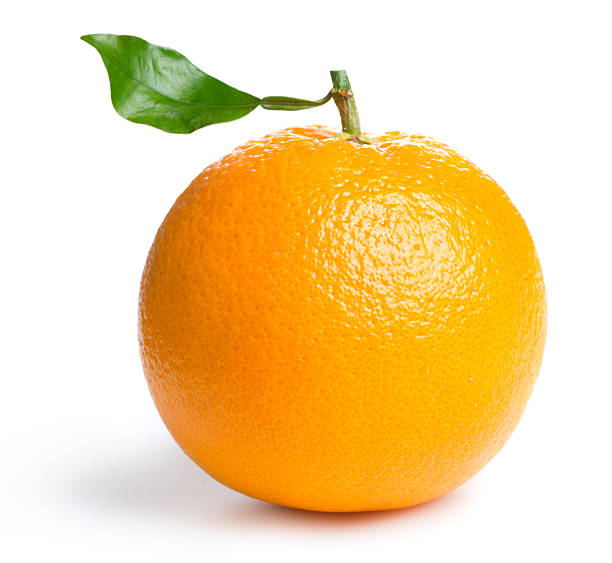 |
| 6 | Pineapple | अनानास (Ananas) | 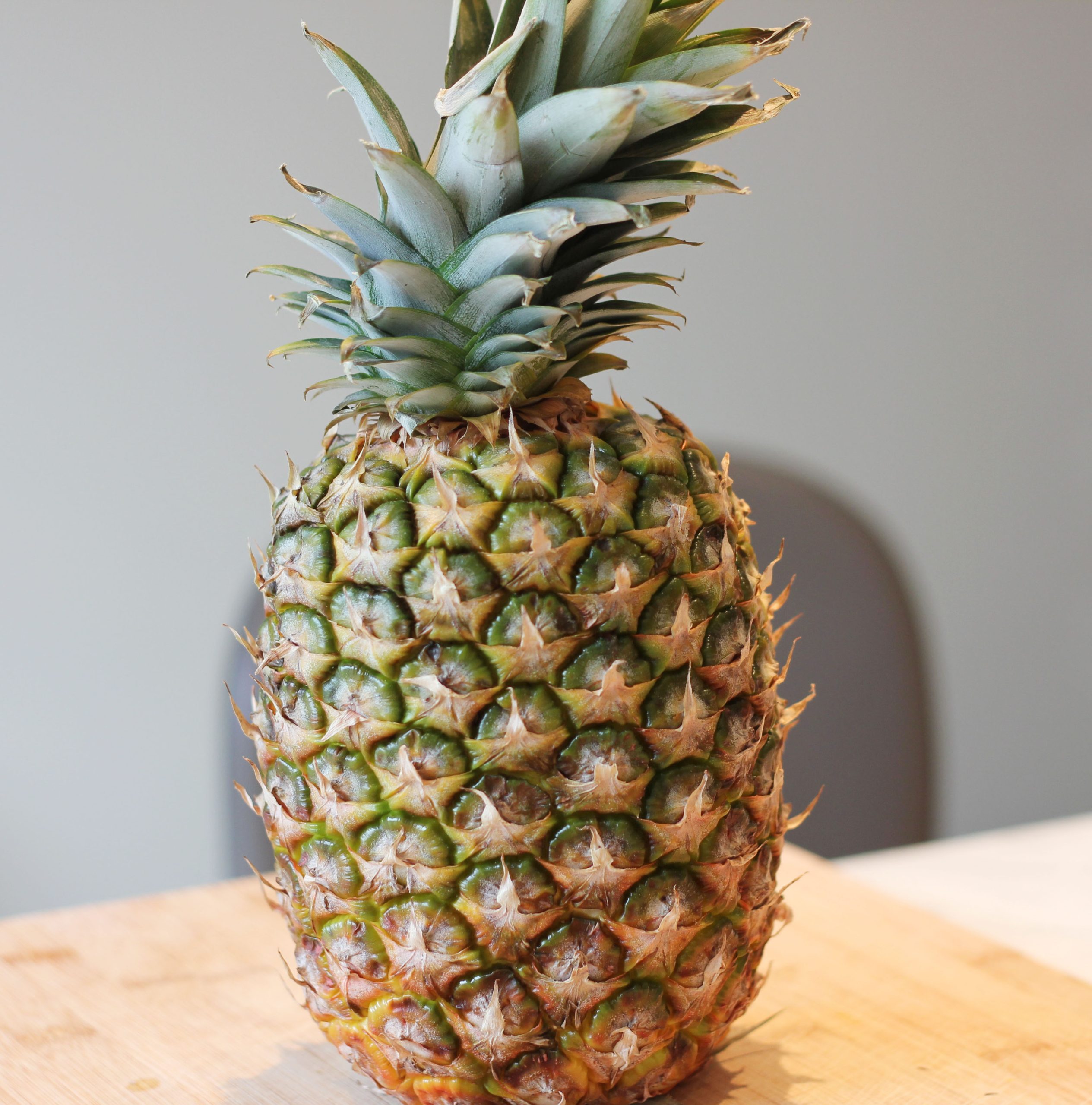 |
| 7 | Papaya | पपीता (Papita) | 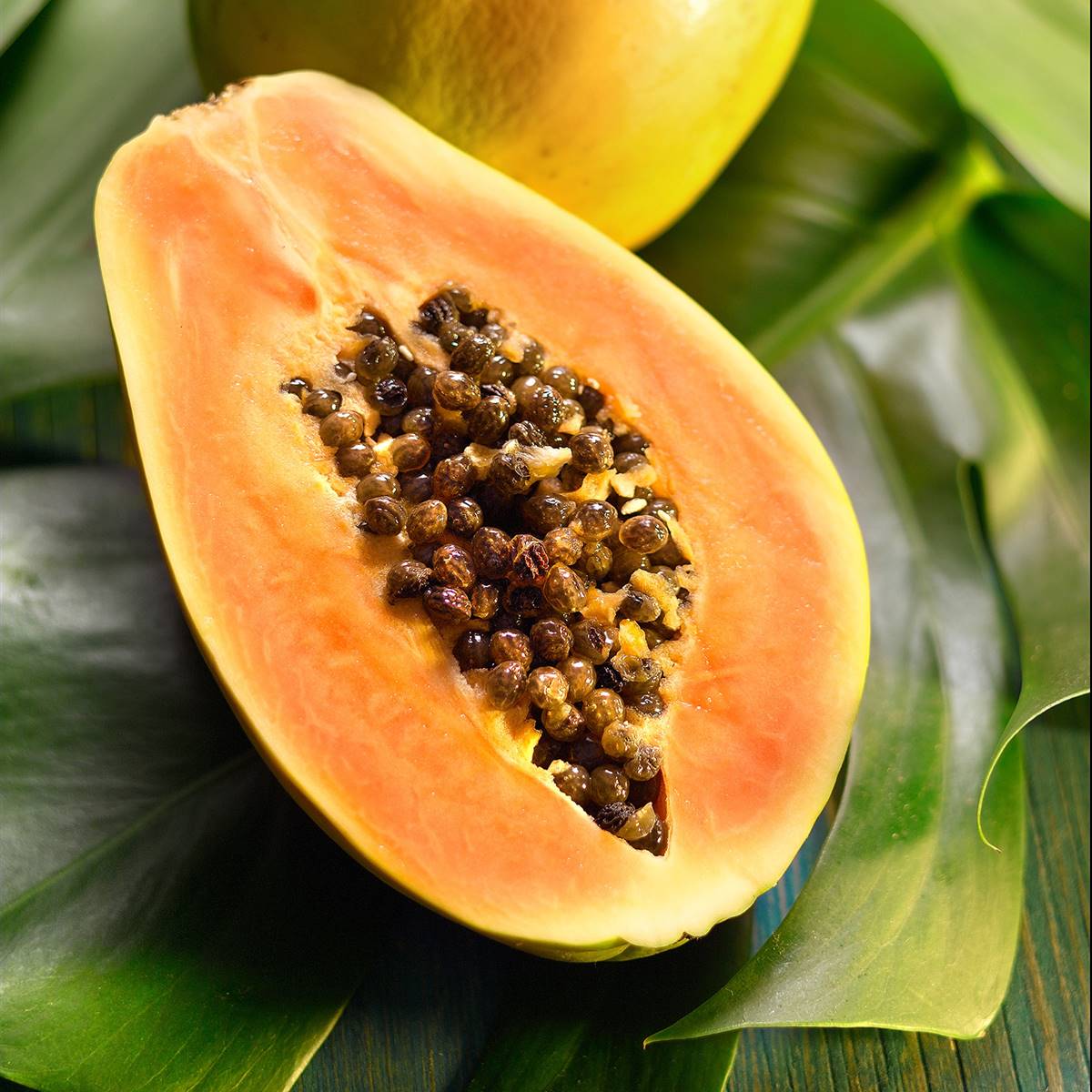 |
| 8 | Pomegranate | अनार (Anar) | 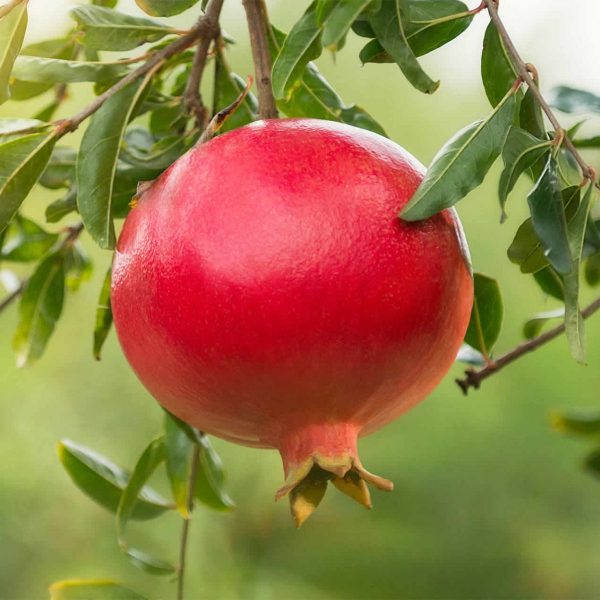 |
| 9 | Watermelon | तरबूज (Tarbooj) | 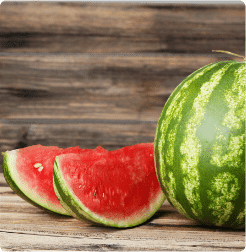 |
| 10 | Muskmelon | खरबूजा (Kharbooja) | 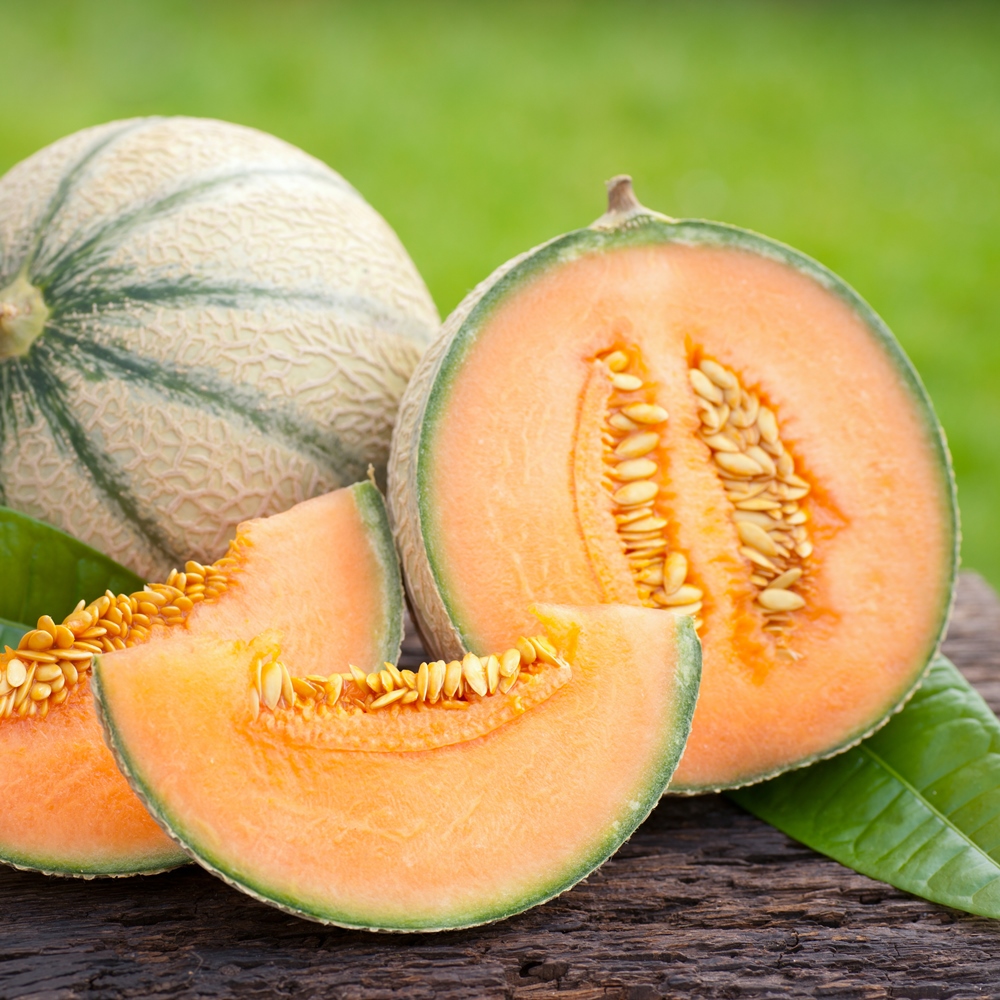 |
| 11 | Guava | अमरुद (Amrud) | 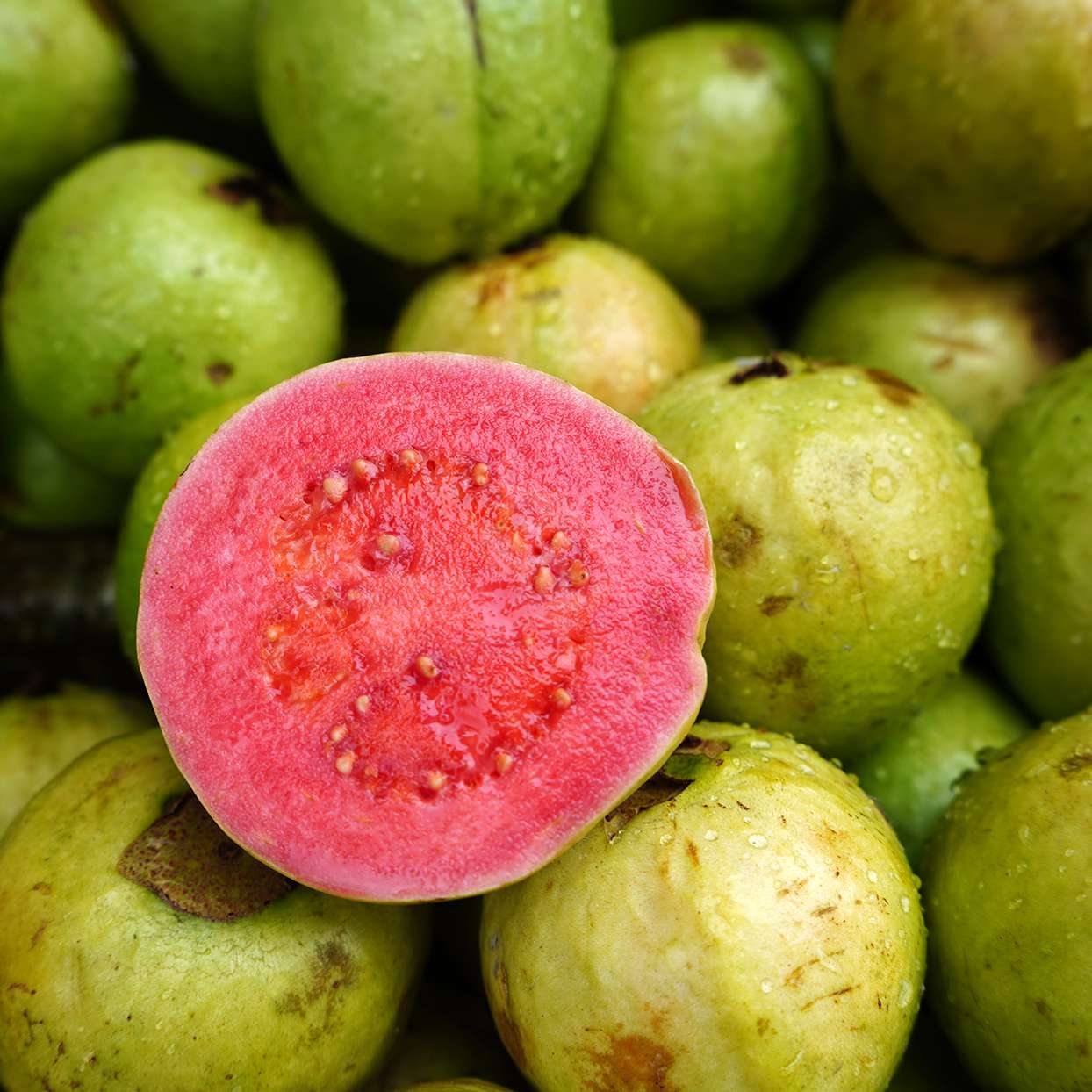 |
| 12 | Lemon | नींबू (Neembu) |  |
| 13 | Pear | नाशपाती (Nashpati) | 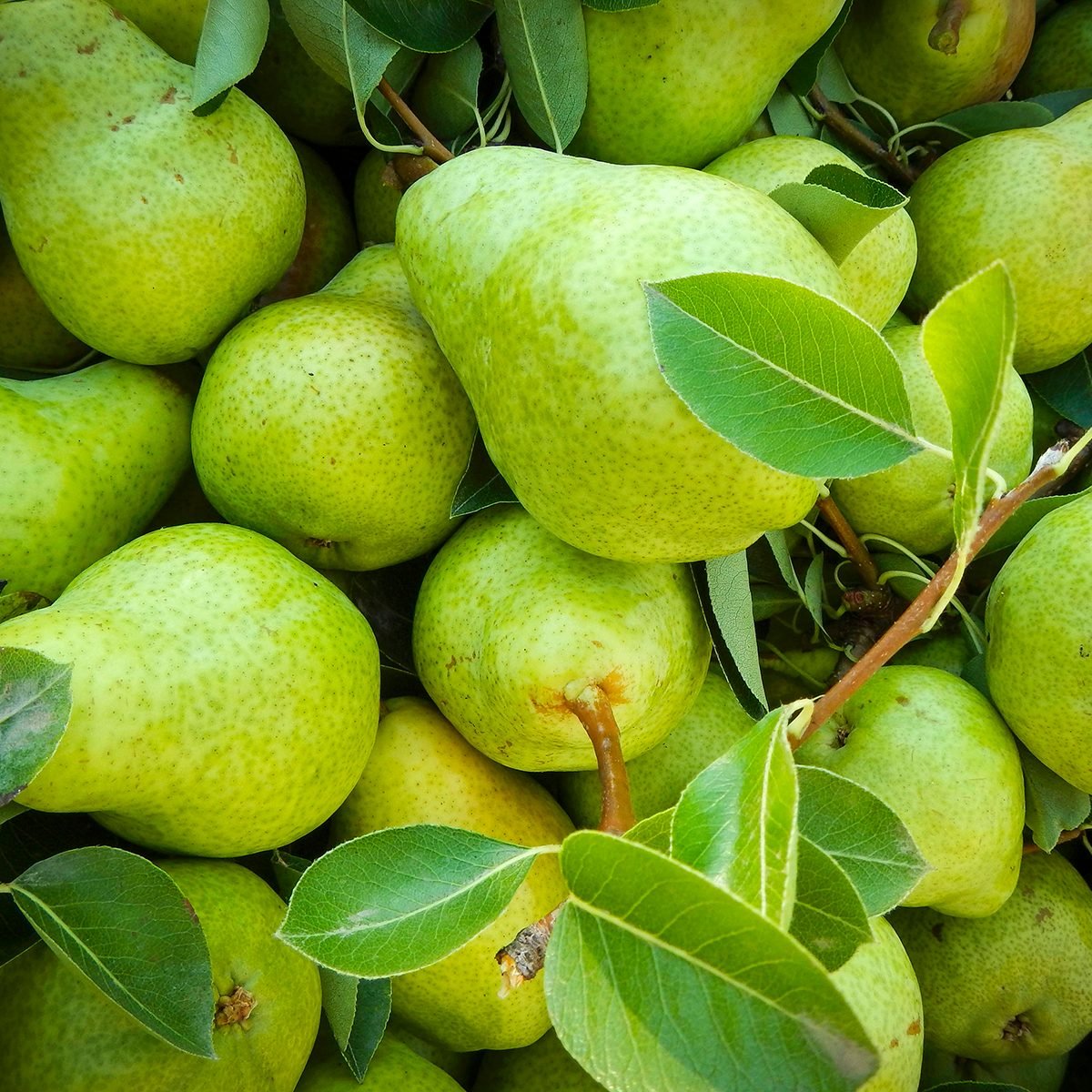 |
| 14 | Litchi | लीची (Litchi) | 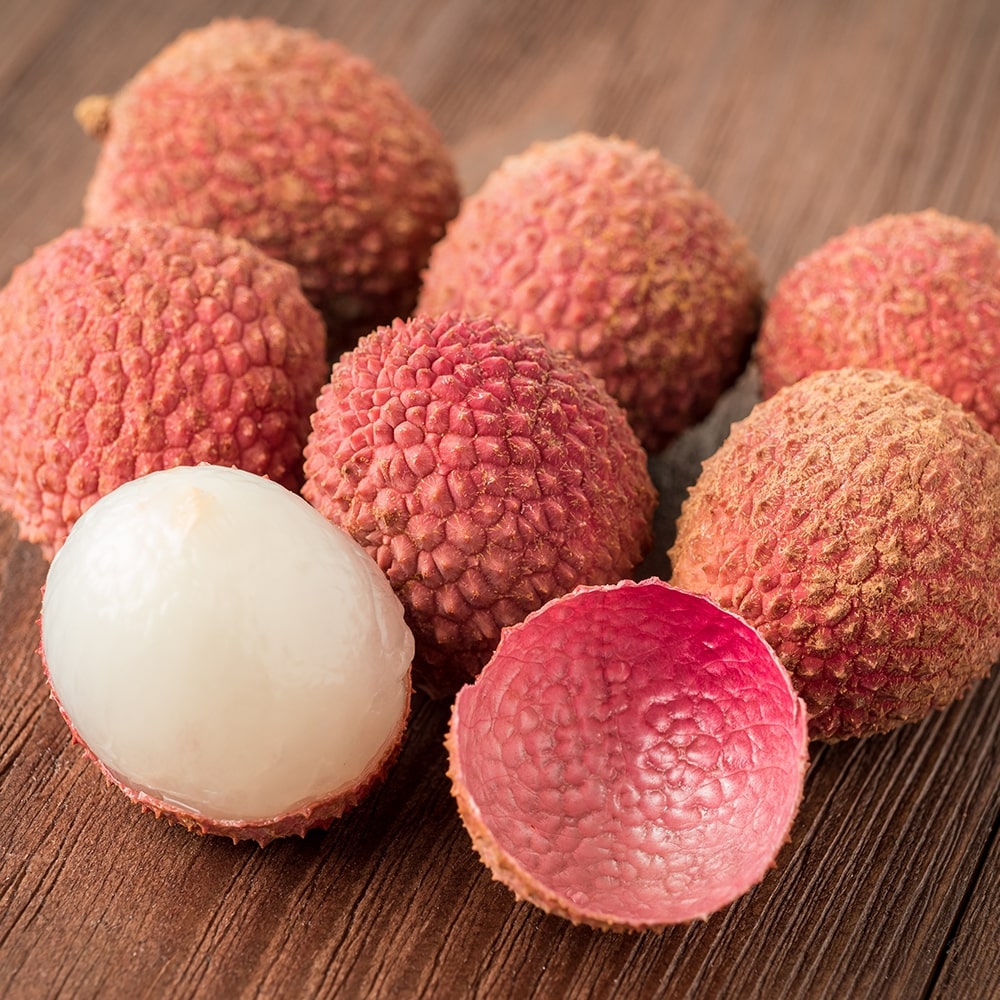 |
| 15 | Plum | आलूबुखारा (Aloo Bukhara) | 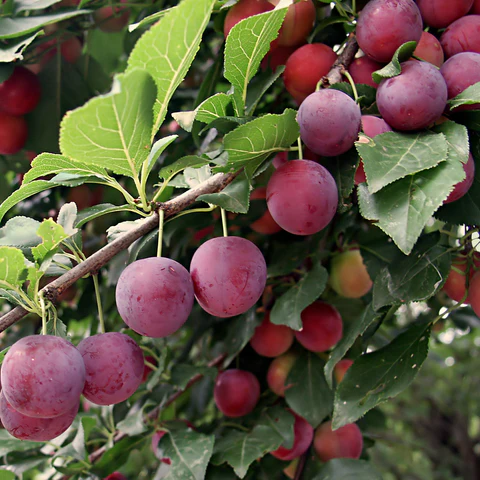 |
| 16 | Cherry | चेरी (Cherry) | 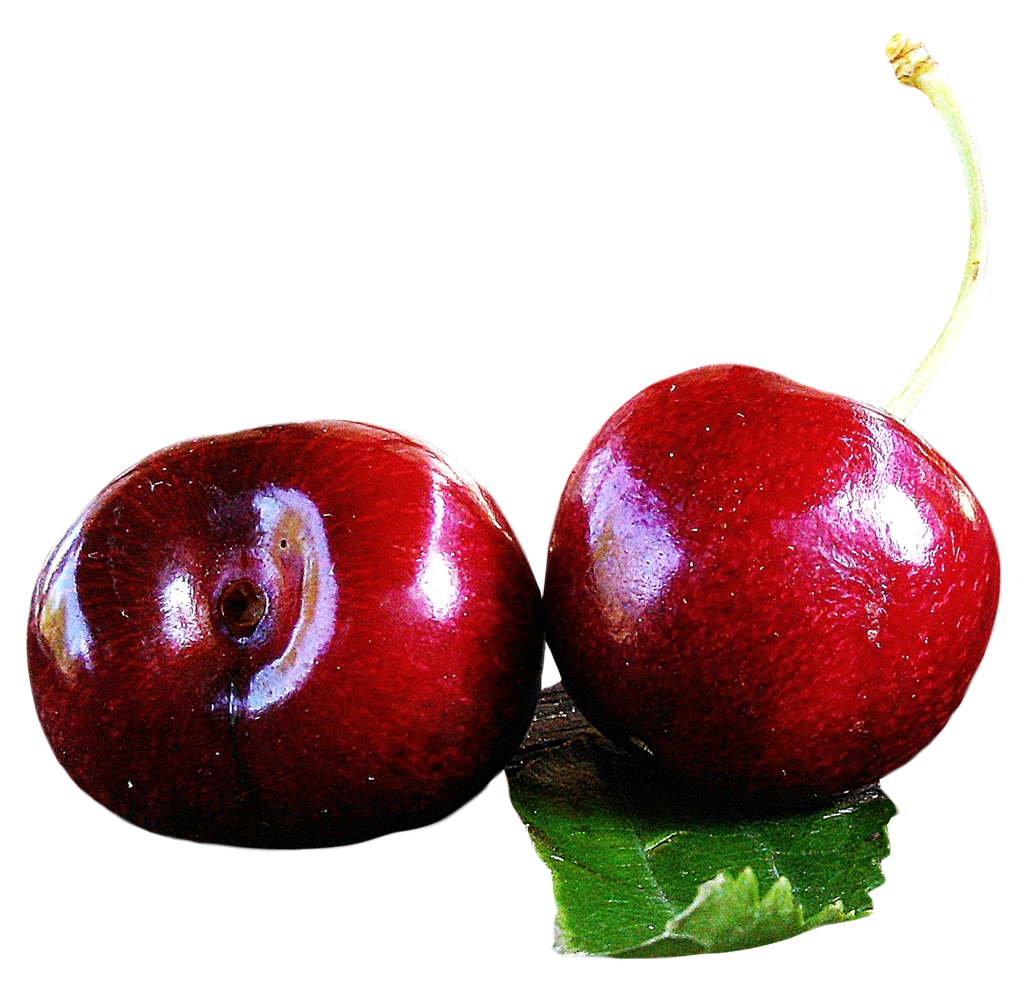 |
| 17 | Peach | आड़ू (Aadu) | 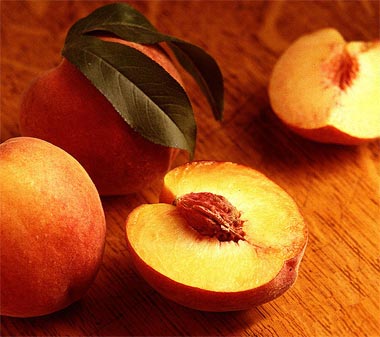 |
| 18 | Apricot | खुबानी (Khubani) |  |
| 19 | Fig | अंजीर (Anjeer) | 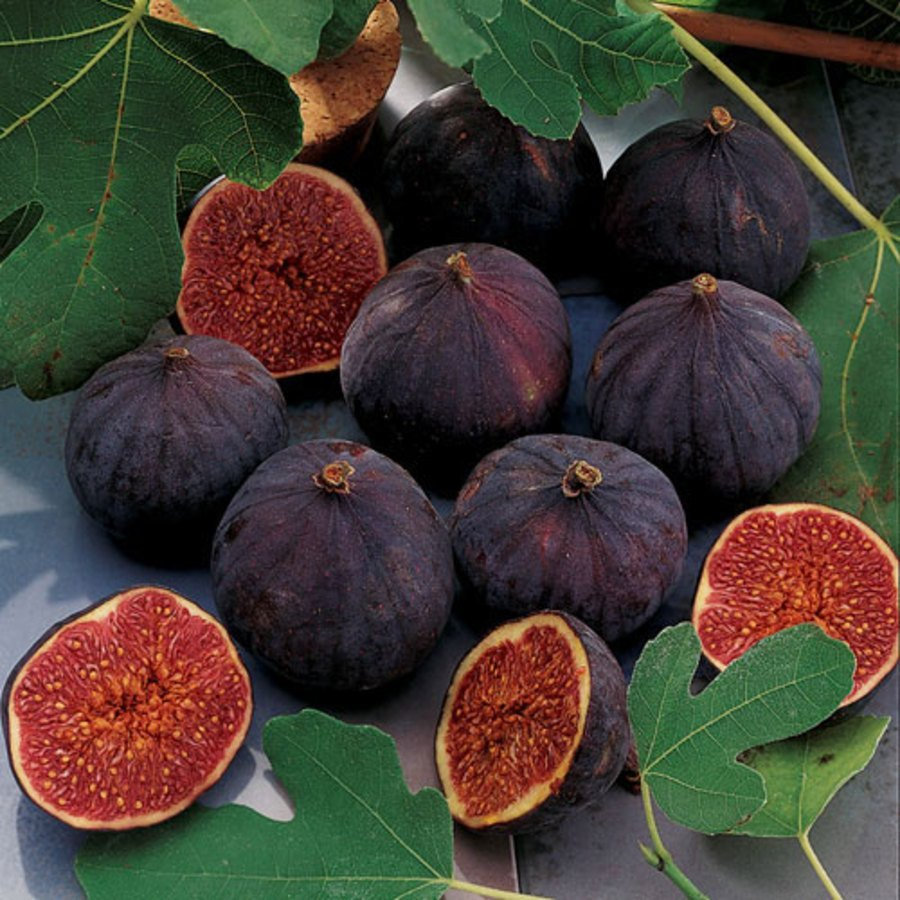 |
| 20 | Jackfruit | कटहल (Kathal) | 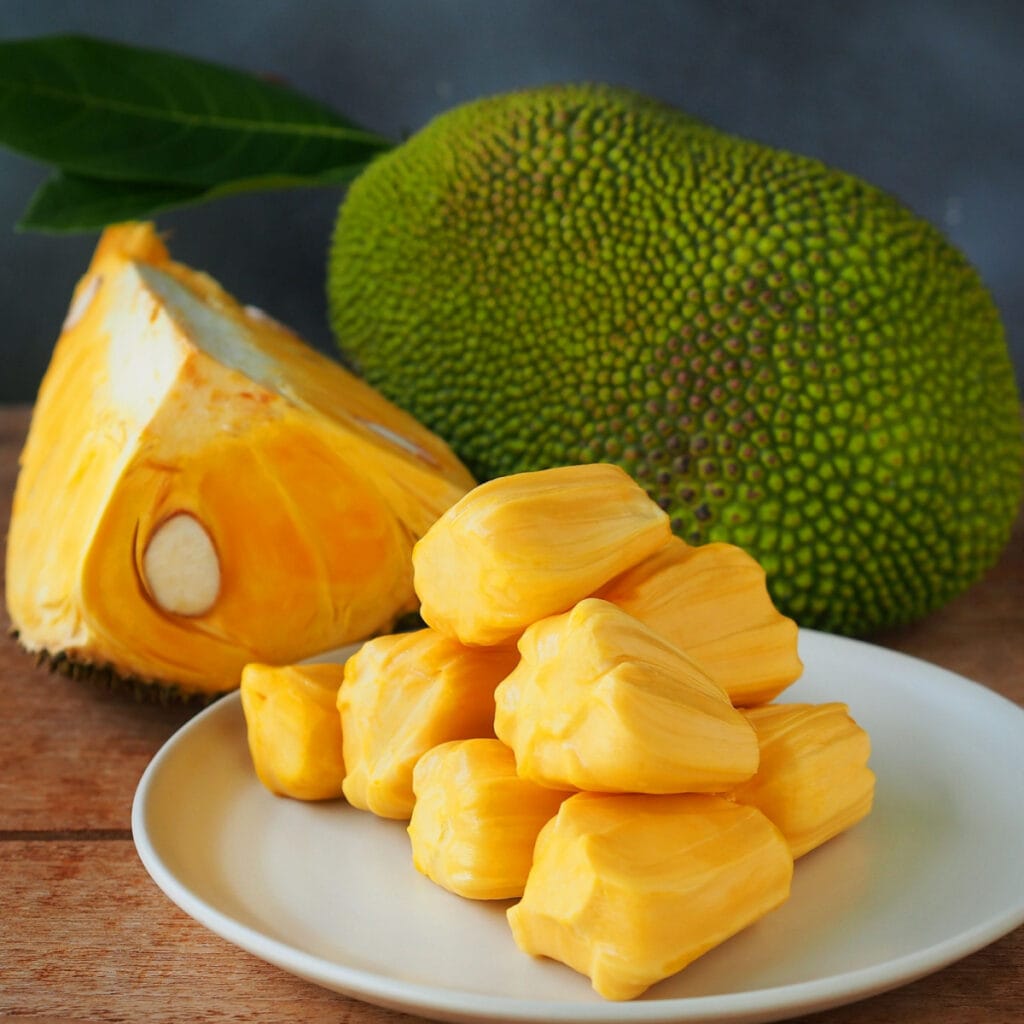 |
| 21 | Custard Apple | शरीफा (Sharifa) | 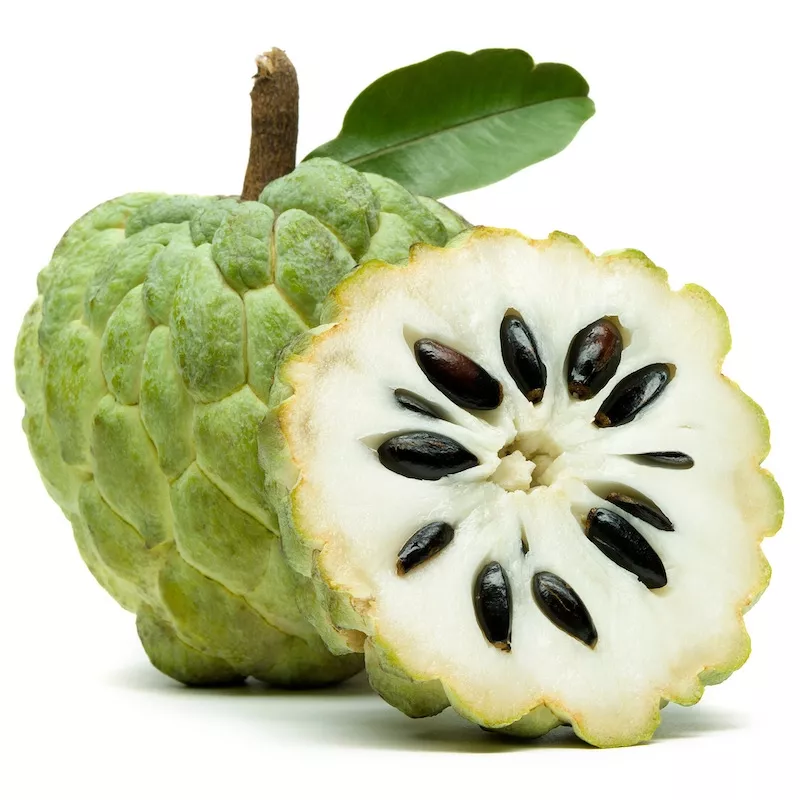 |
| 22 | Blackcurrant | फालसा (Phalsa) | 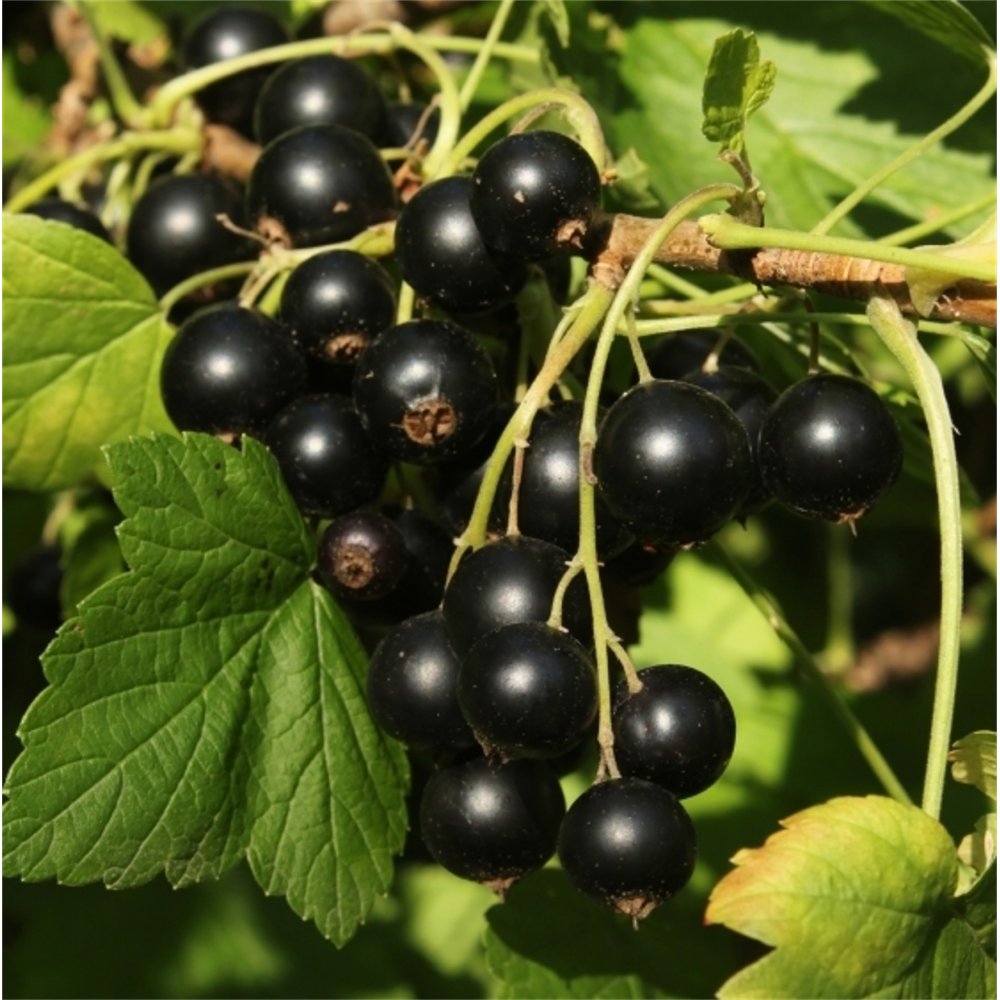 |
| 23 | Blueberry | नीलबदरी (Neelbadri) | 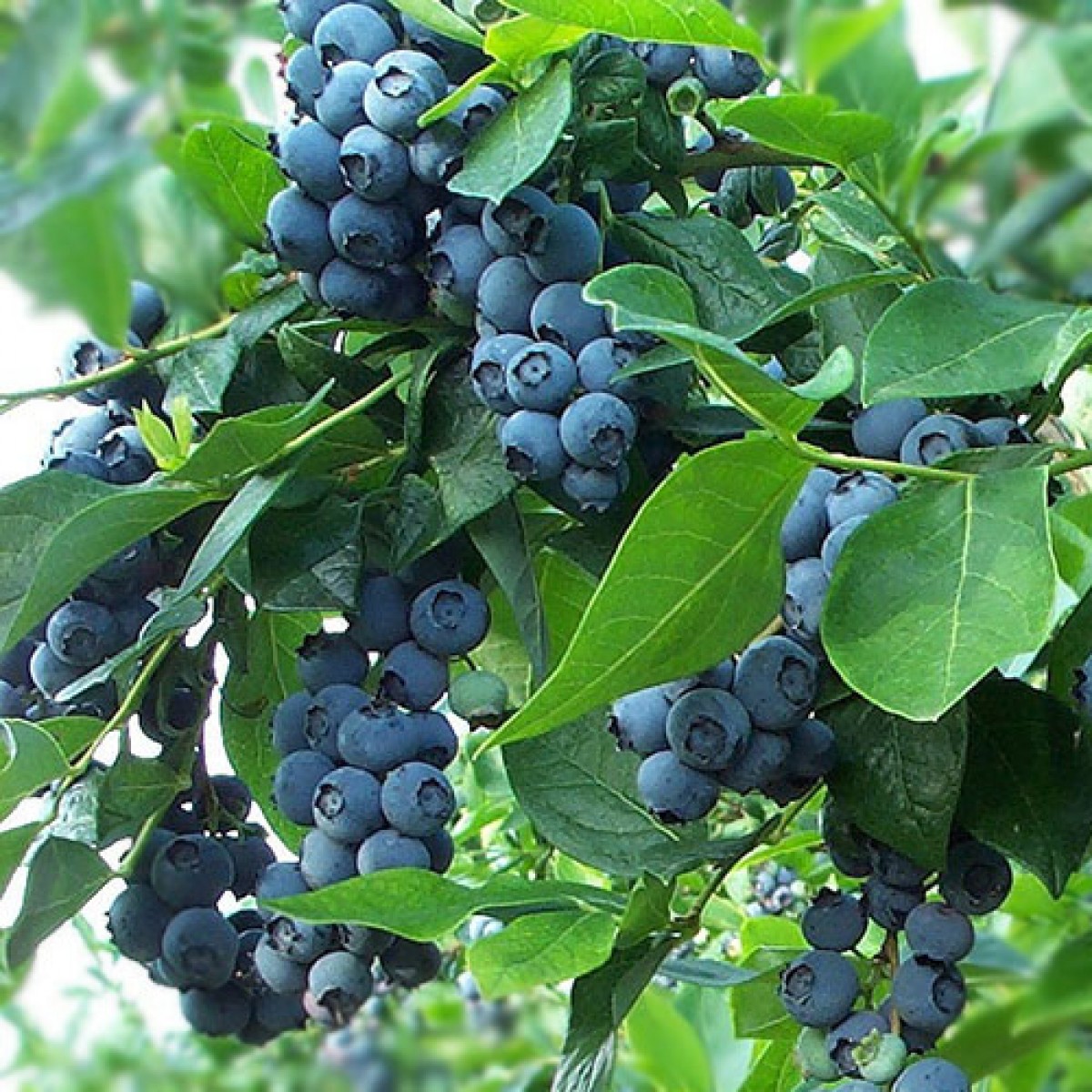 |
| 24 | Strawberry | स्ट्रॉबेरी (Strawberry) | 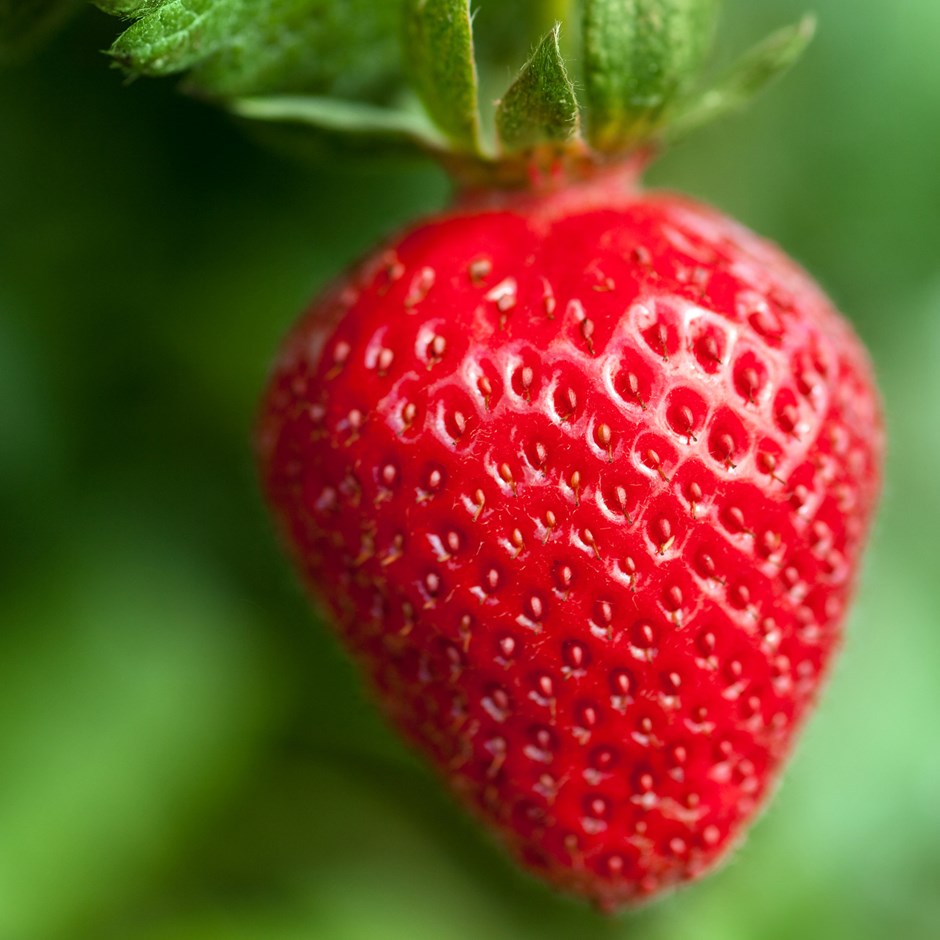 |
| 25 | Raspberry | रसभरी (Rasbhari) | 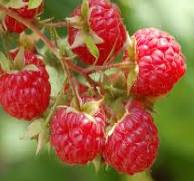 |
| 26 | Mulberry | शहतूत (Shehtoot) | 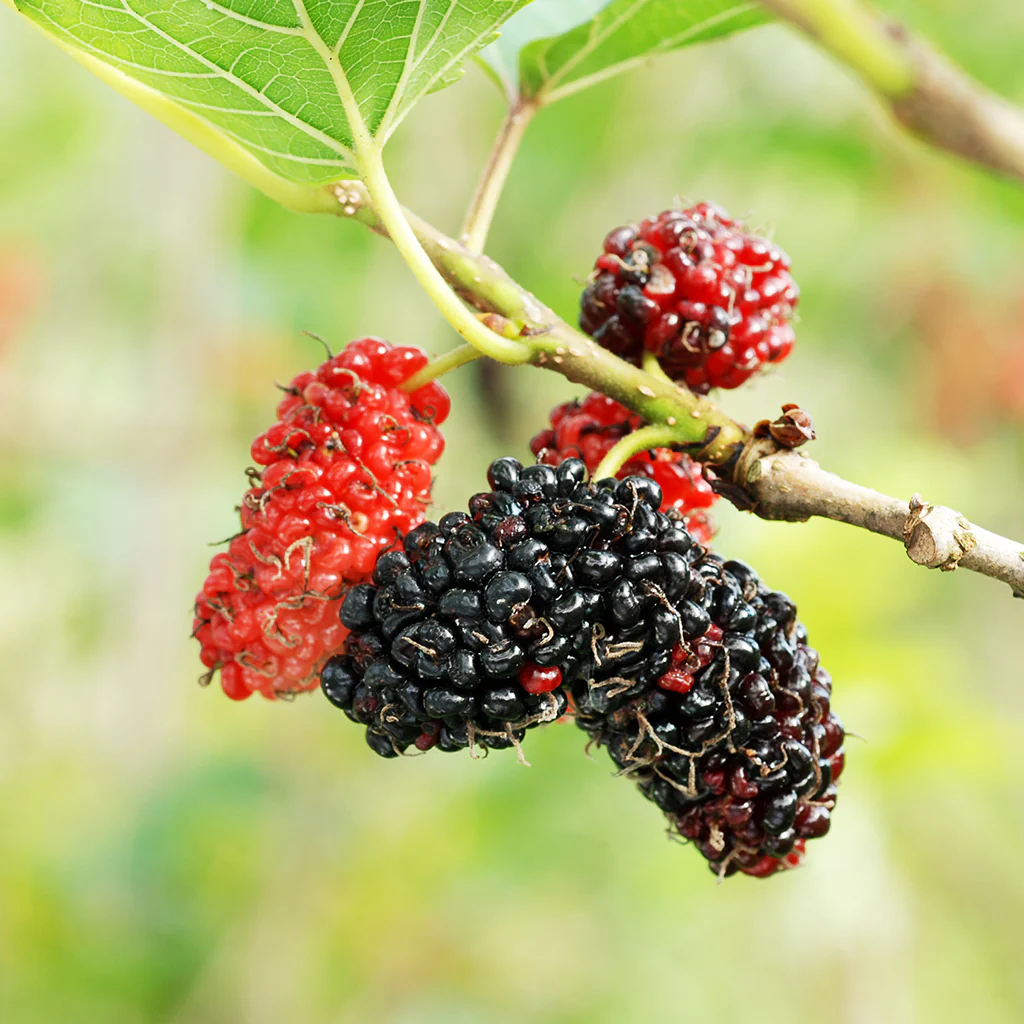 |
| 27 | Gooseberry | आंवला (Amla) | 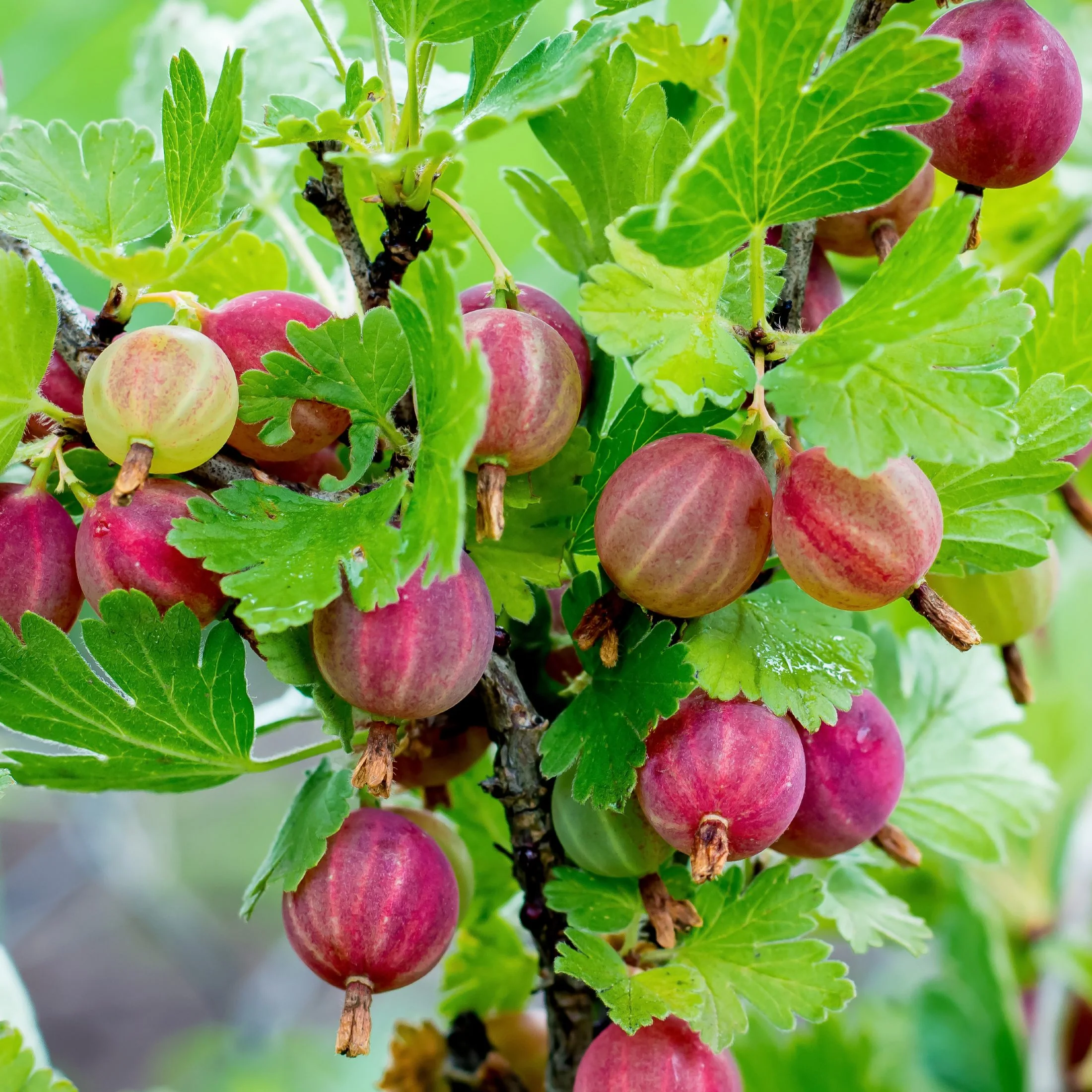 |
| 28 | Tamarind | इमली (Imli) |  |
| 29 | Olive | जैतून (Jaitun) | 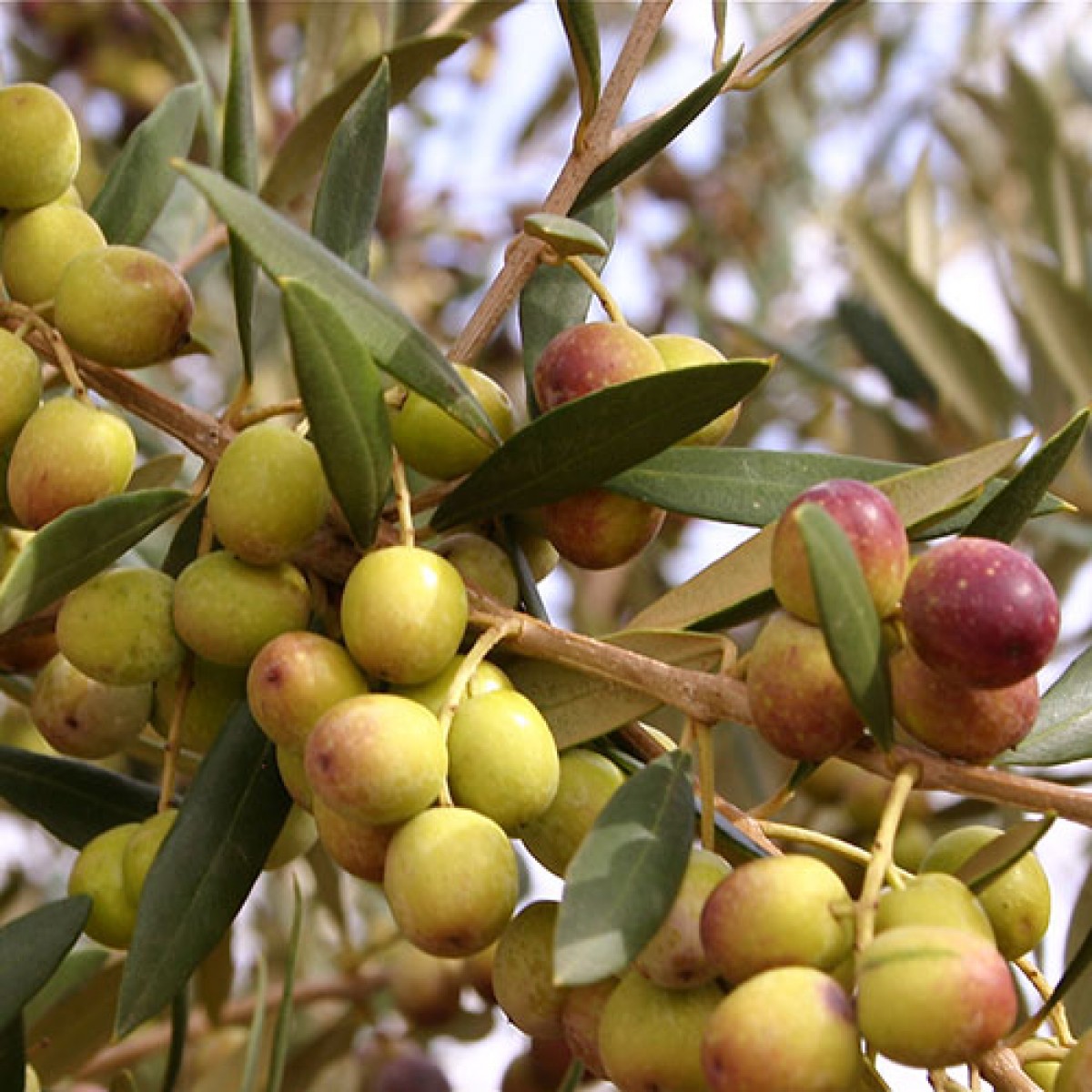 |
| 30 | Starfruit | कमरख (Karmak) | 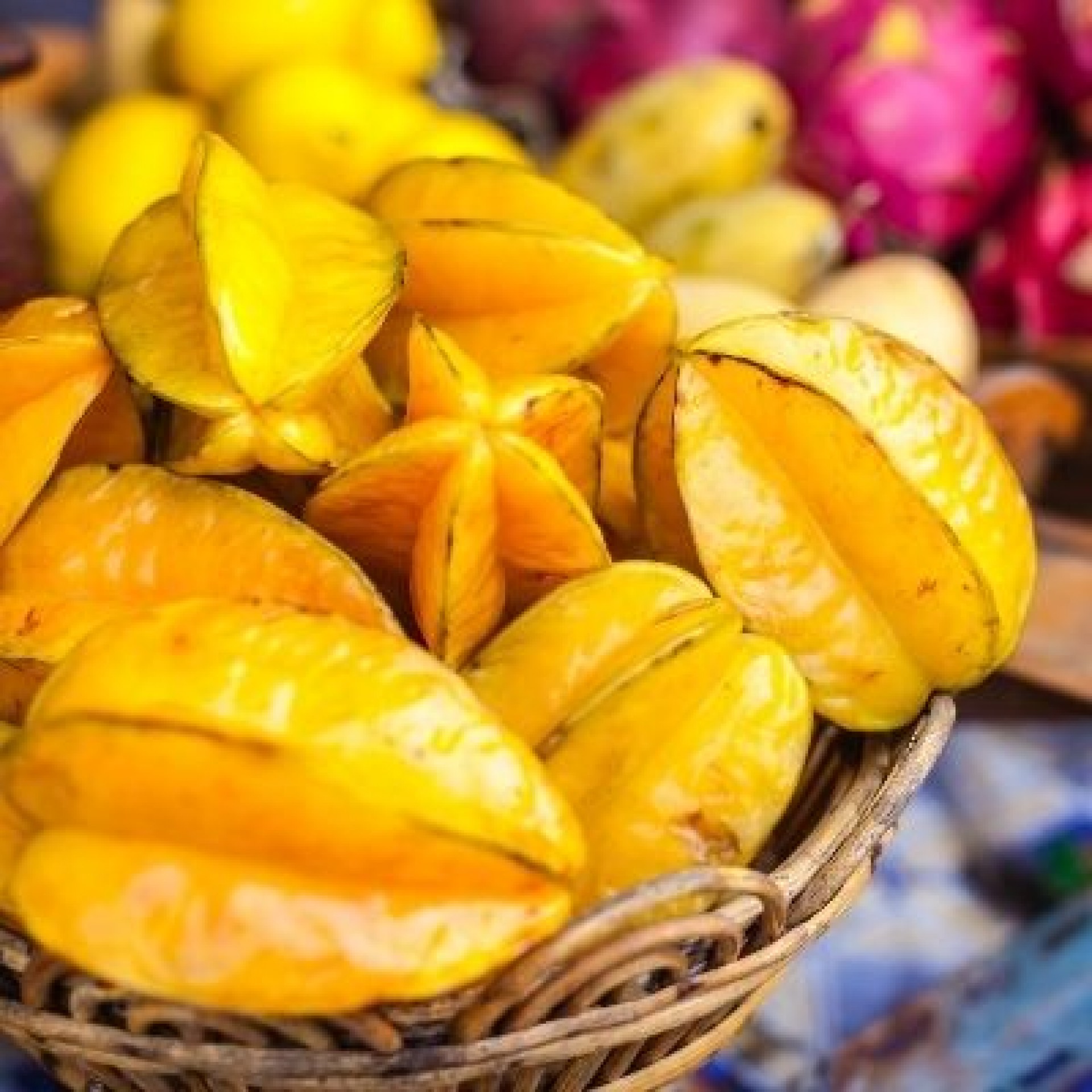 |
| 31 | Dragonfruit | ड्रैगन फ्रूट (Dragon Fruit) | 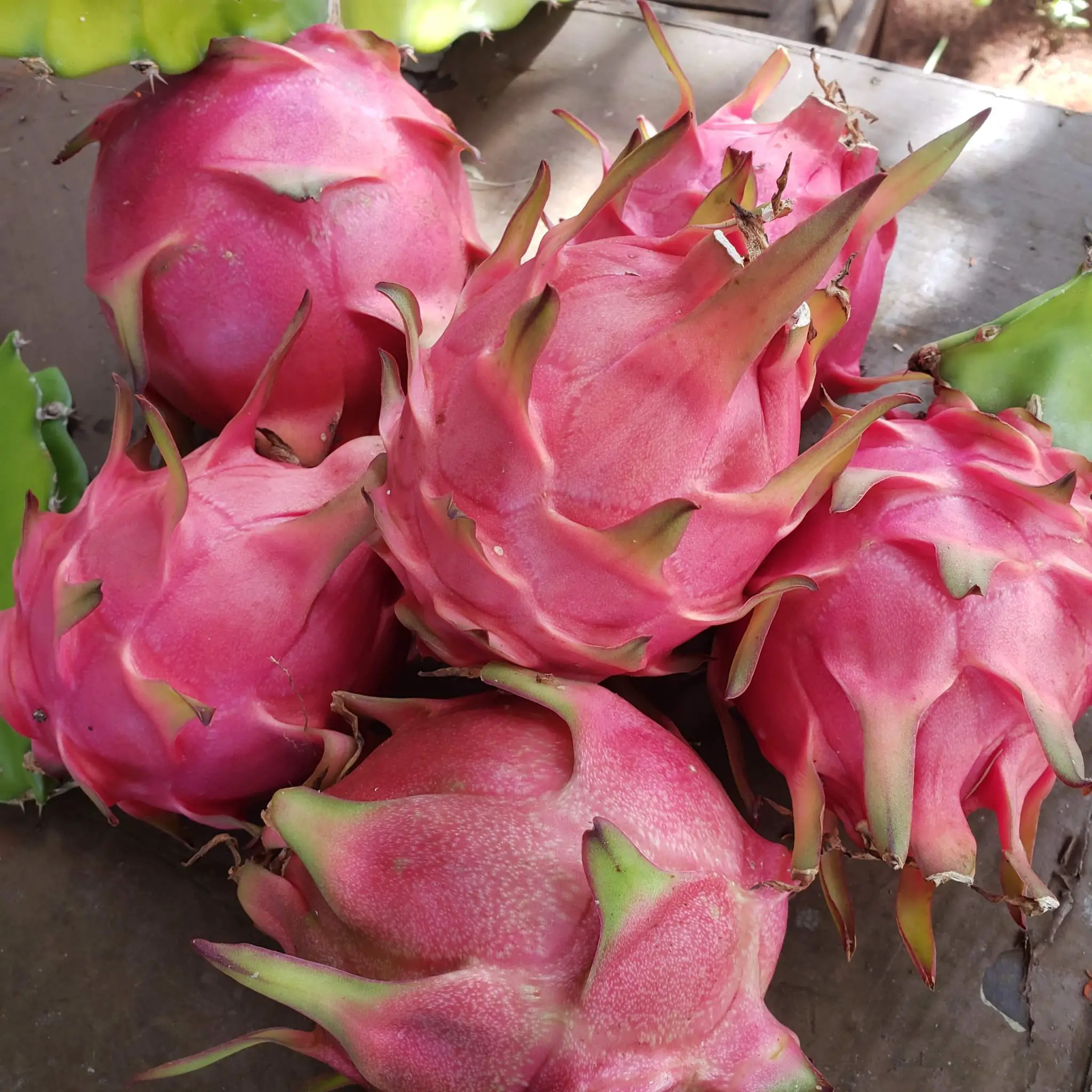 |
| 32 | Kiwi | कीवी (Kiwi) | 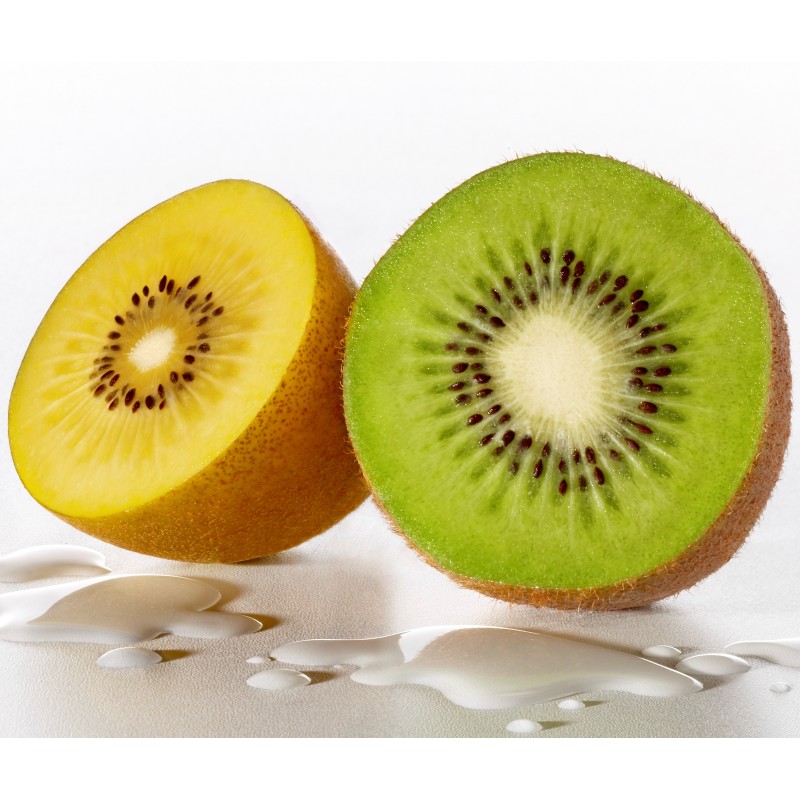 |
| 33 | Avocado | मक्खन फल (Makhan Phal) | 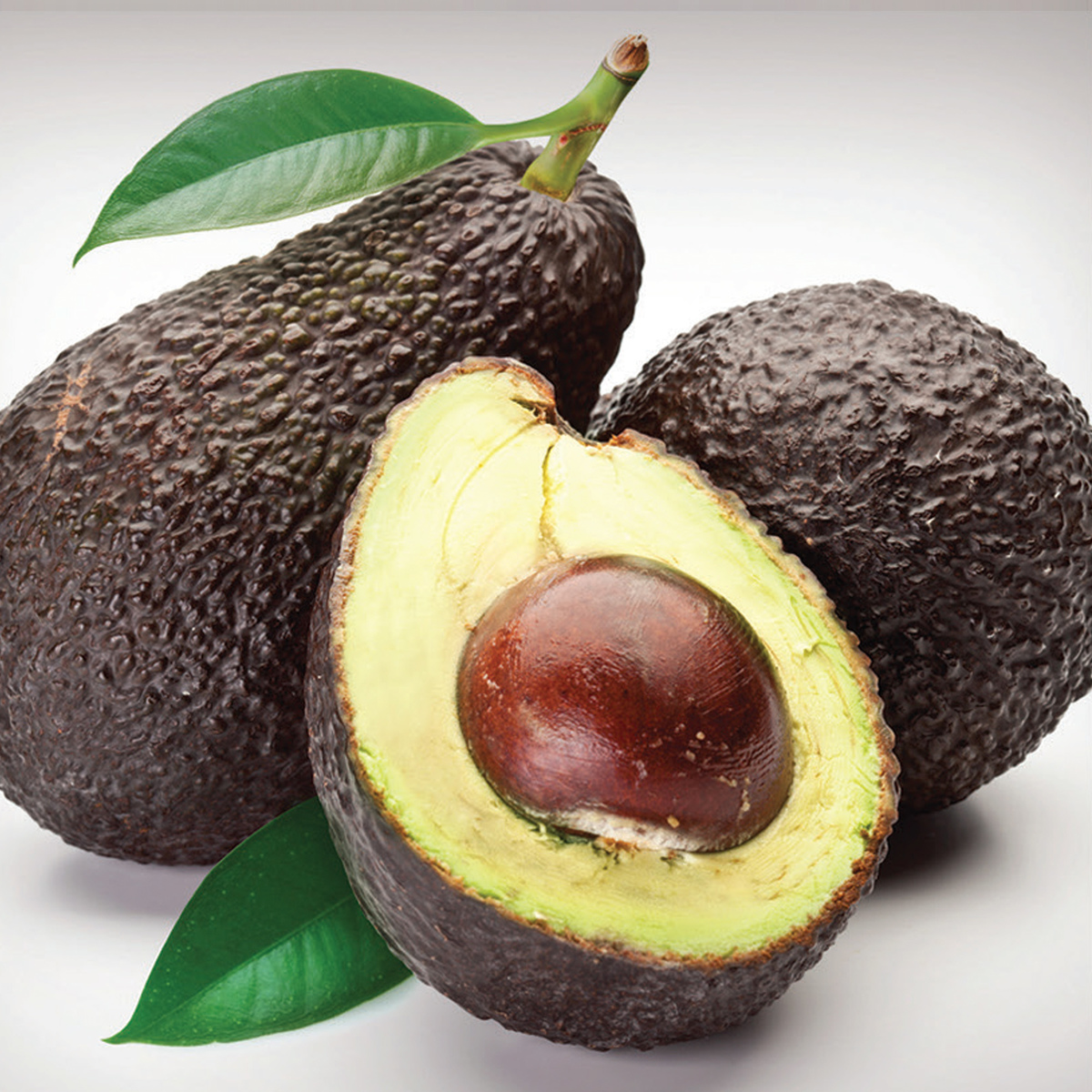 |
| 34 | Coconut | नारियल (Nariyal) |  |
| 35 | Dates | खजूर (Khajoor) |  |
| 36 | Gooseberry (Indian) | आंवला (Amla) | 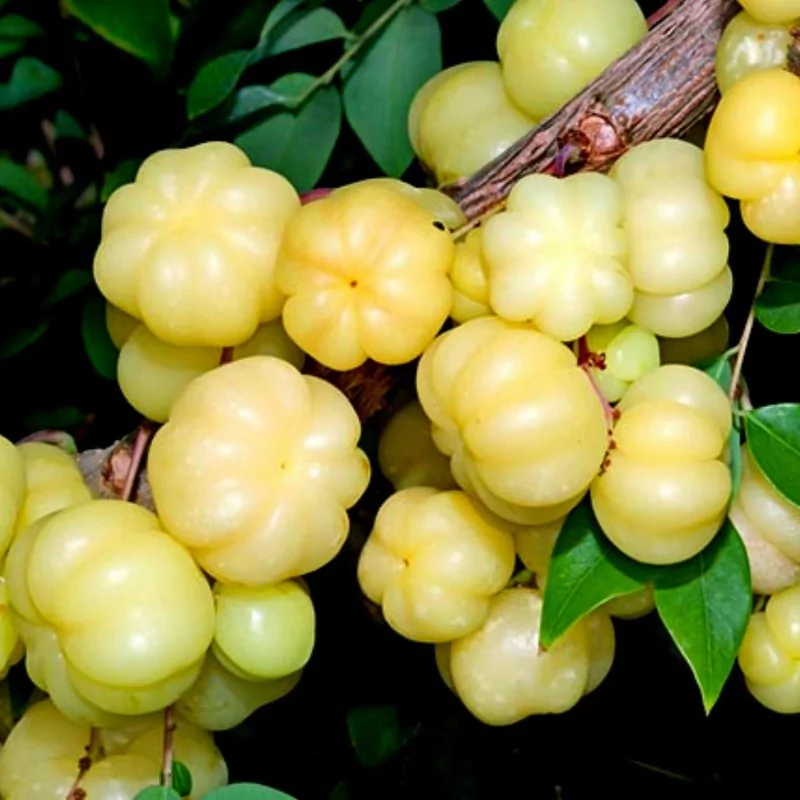 |
| 37 | Elderberry | एल्डरबेरी (Elderberry) | 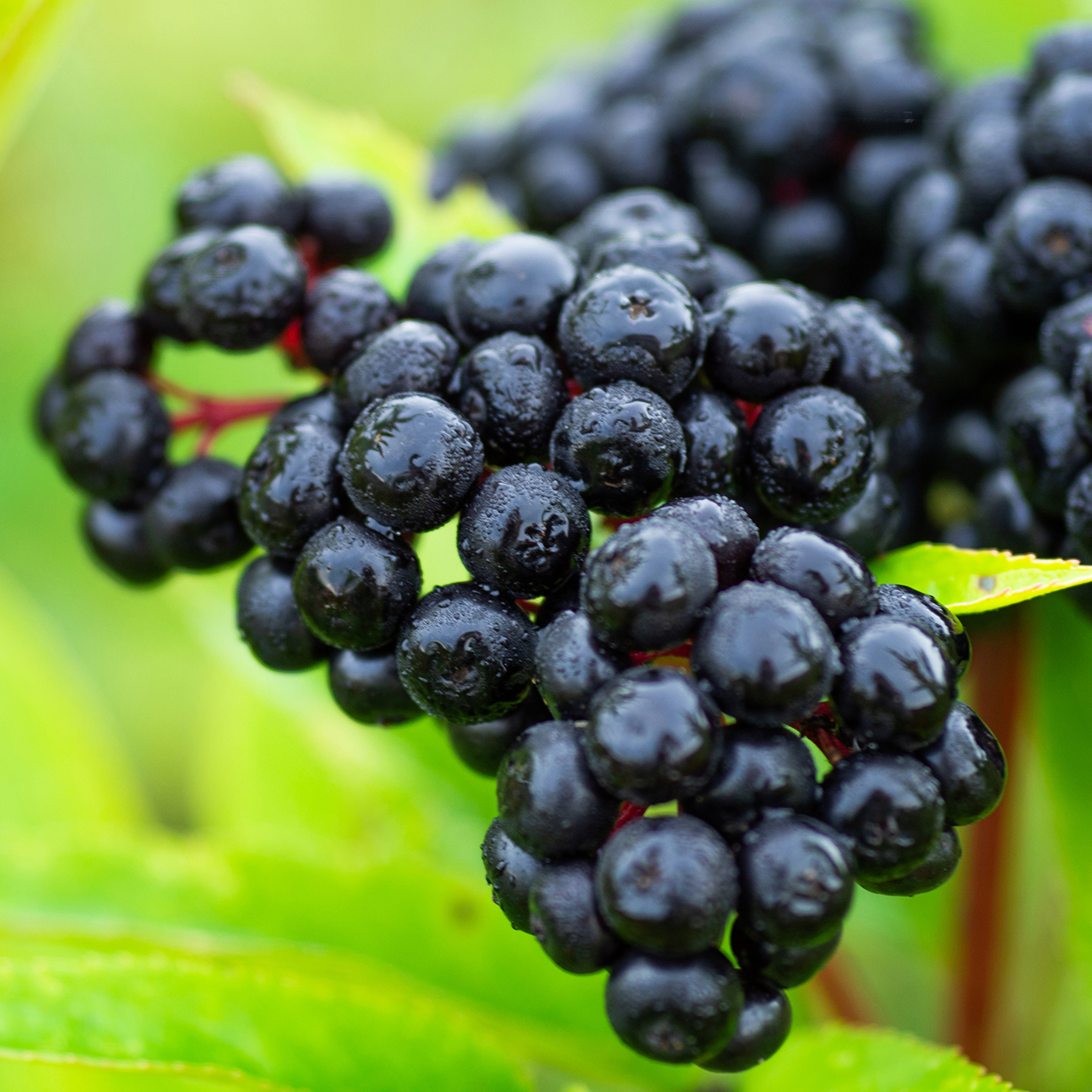 |
| 38 | Cranberry | क्रैनबेरी (Cranberry) |  |
| 39 | Persimmon | तेंदू (Tendu) | 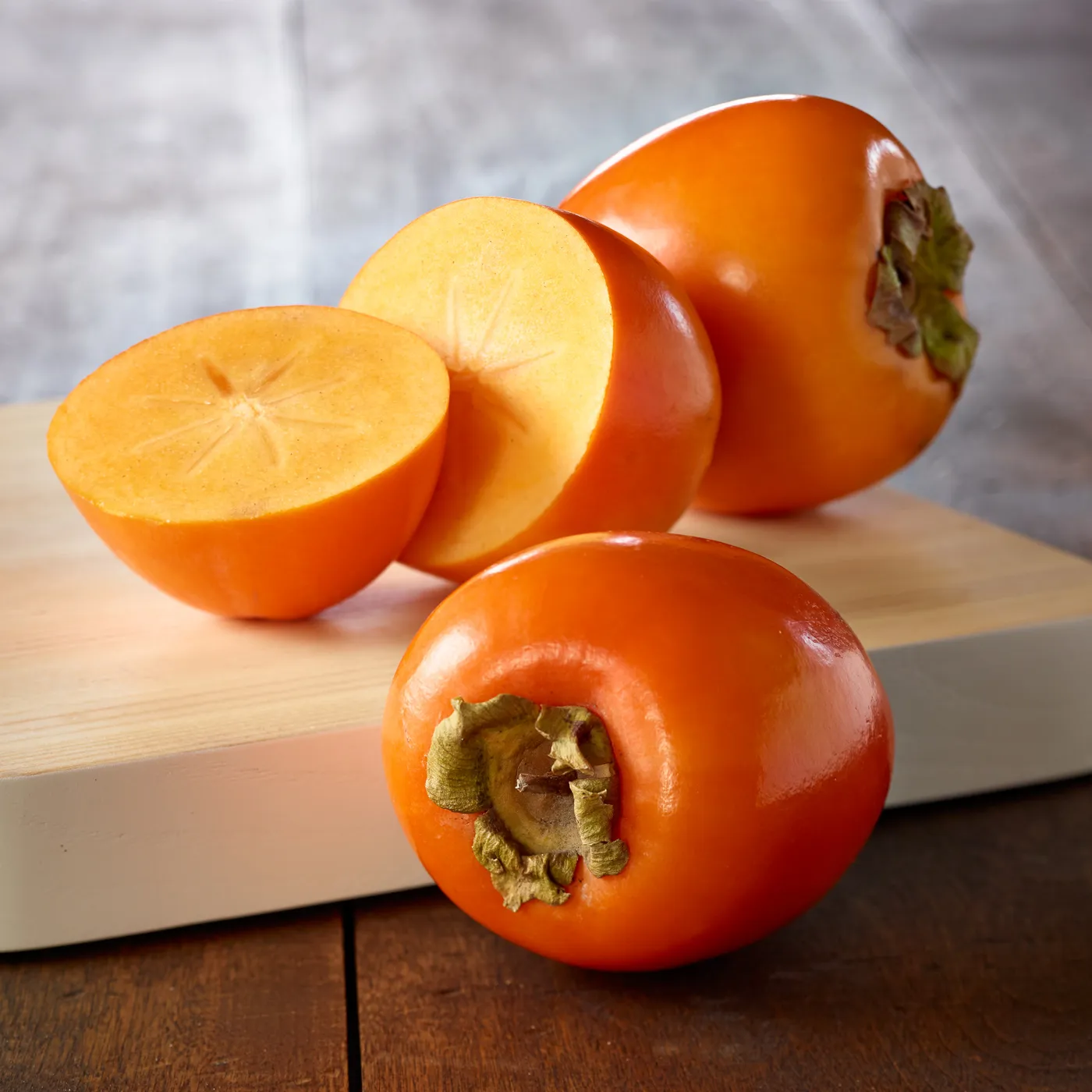 |
| 40 | Passionfruit | कृष्णा फल (Krishna Phal) | 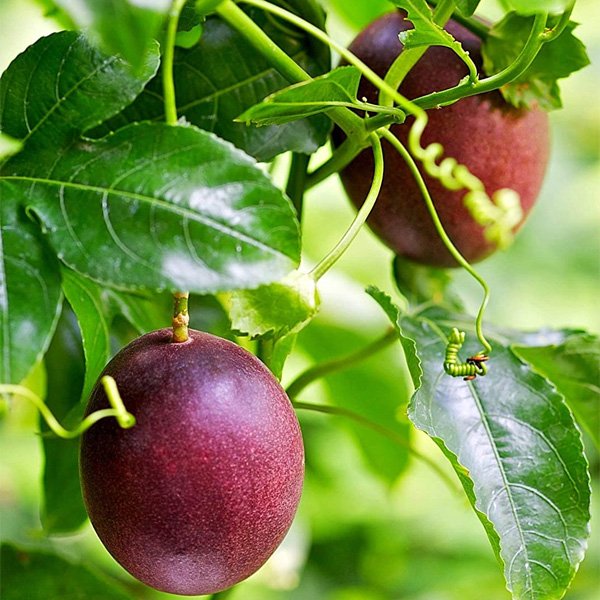 |
| 41 | Jujube | बेर (Ber) | 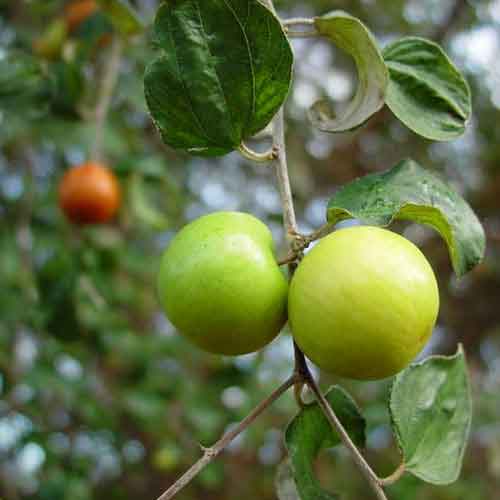 |
| 42 | Sugarcane | गन्ना (Ganna) | 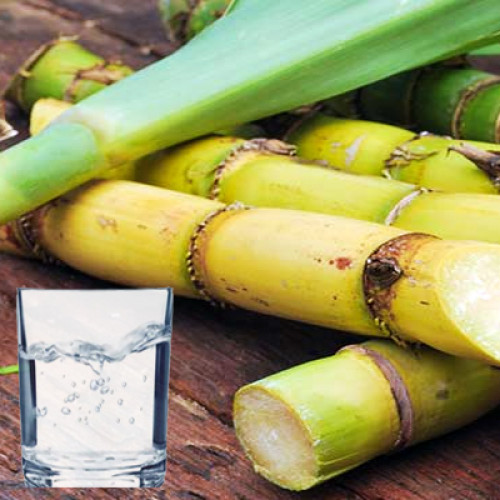 |
| 43 | Sapota | चीकू (Chiku) | 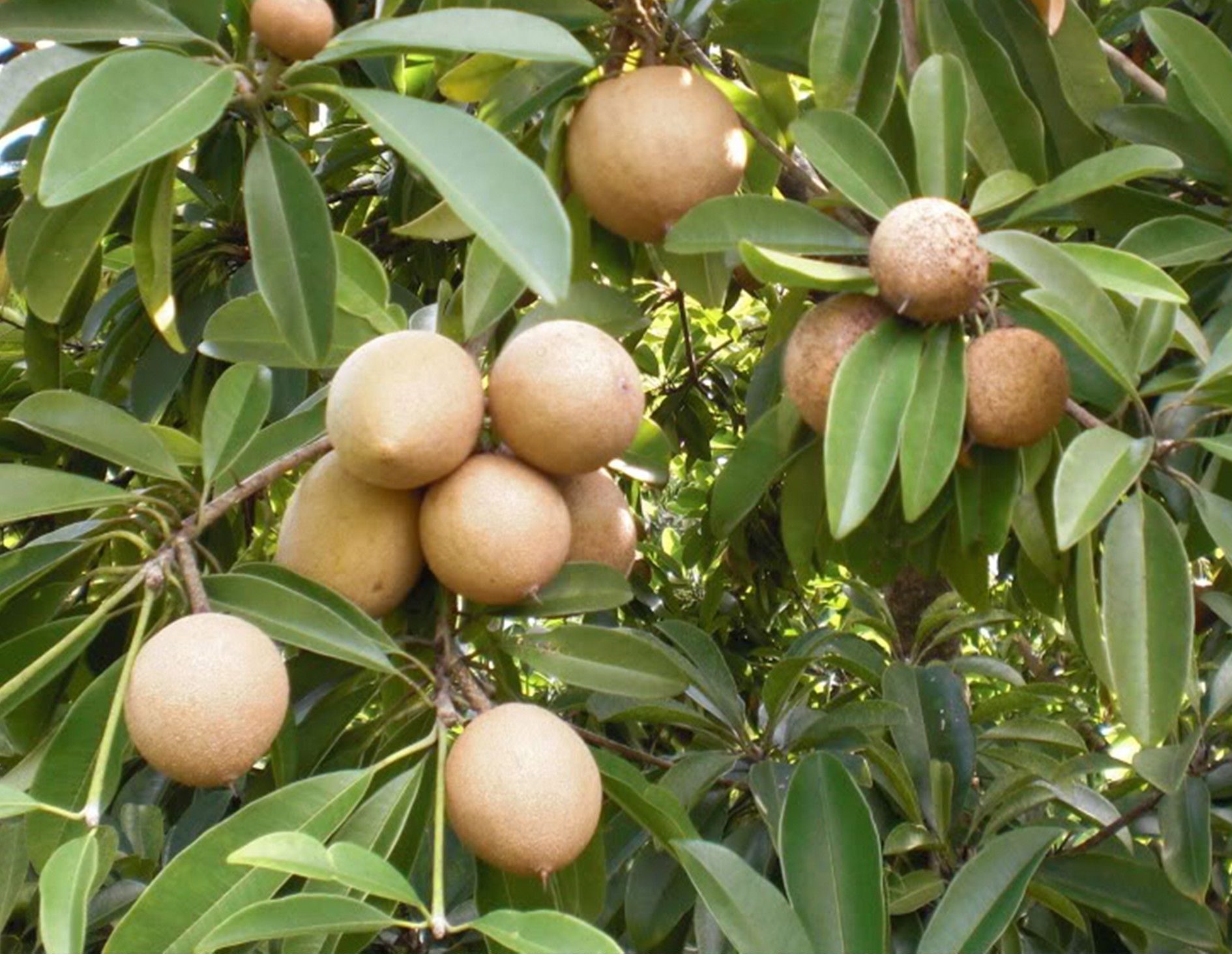 |
| 44 | Bael | बेल (Bael) | 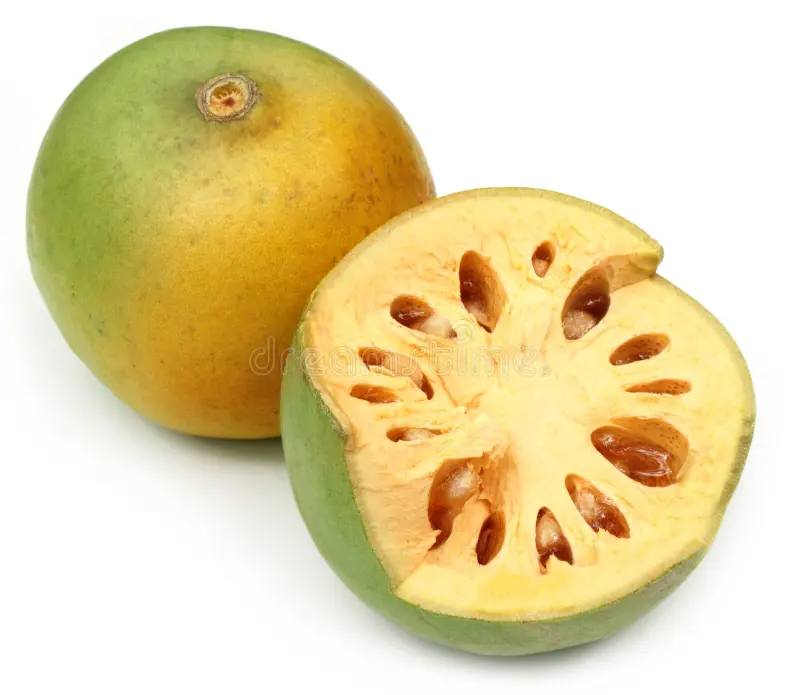 |
| 45 | Loquat | लोकाट (Loquat) |  |
| 46 | Wood Apple | कठबेल (Kaitha) | 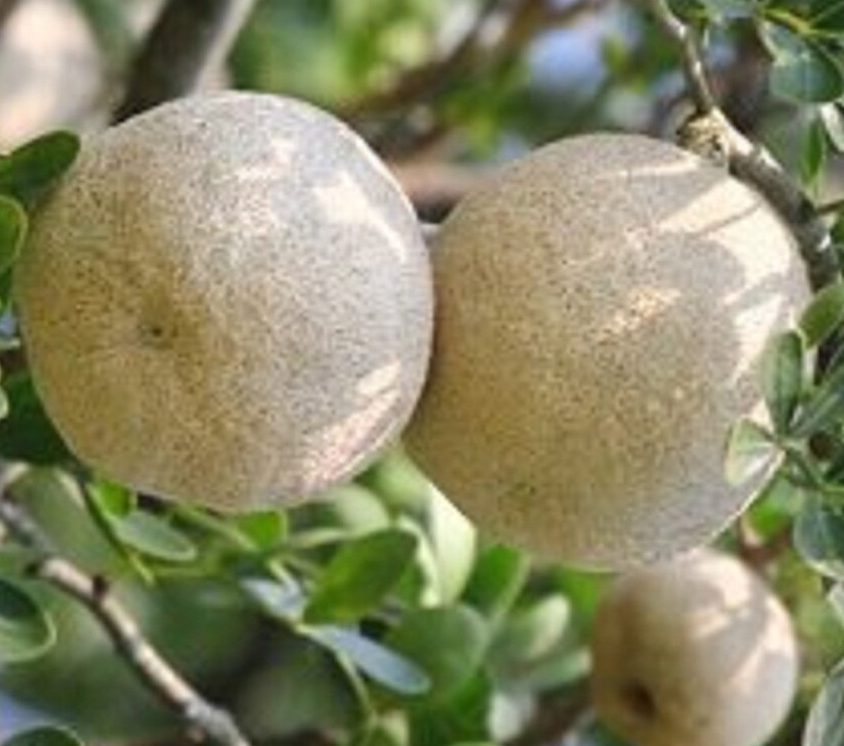 |
| 47 | Karonda | करोंदा (Karonda) | 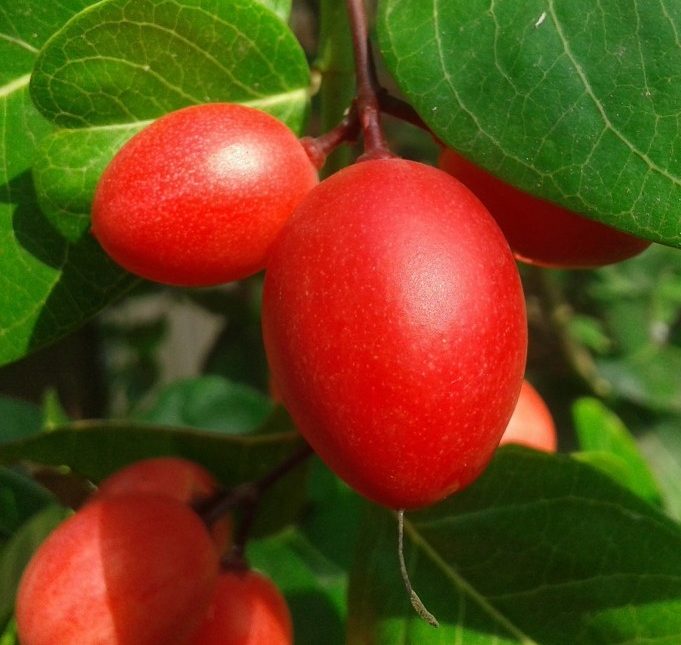 |
| 48 | Rambutan | रामबूटन (Rambutan) | 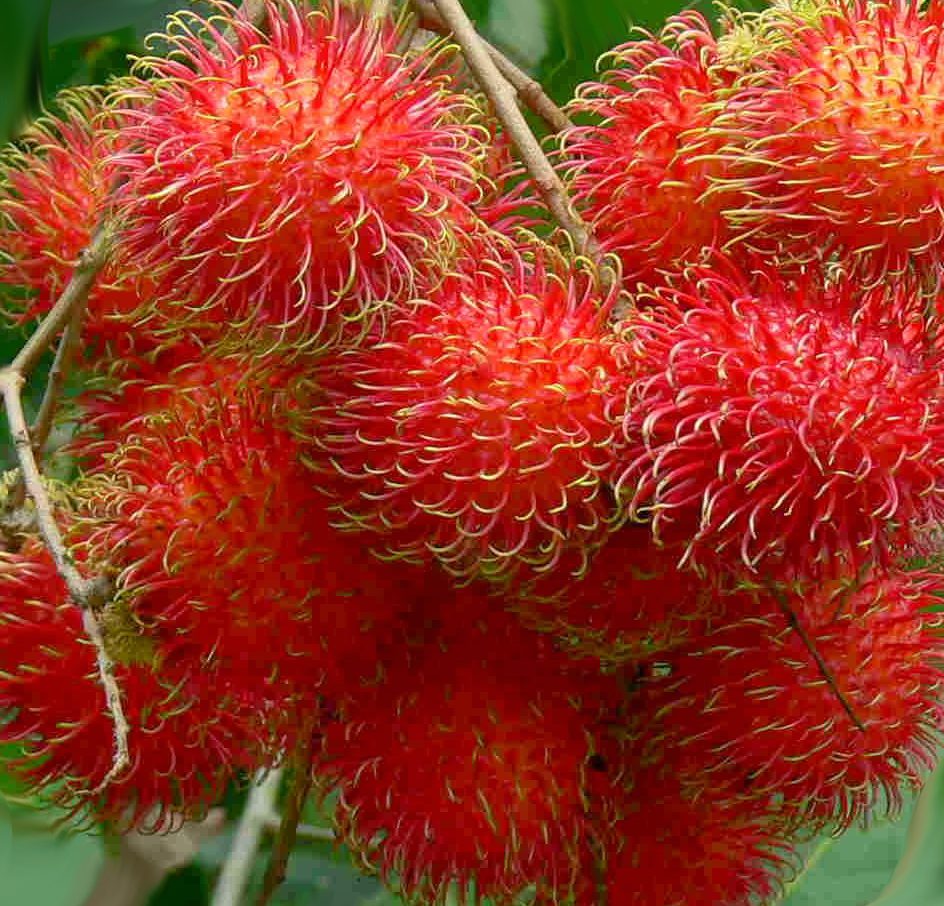 |
| 49 | Mangosteen | मैंगोस्टीन (Mangosteen) | 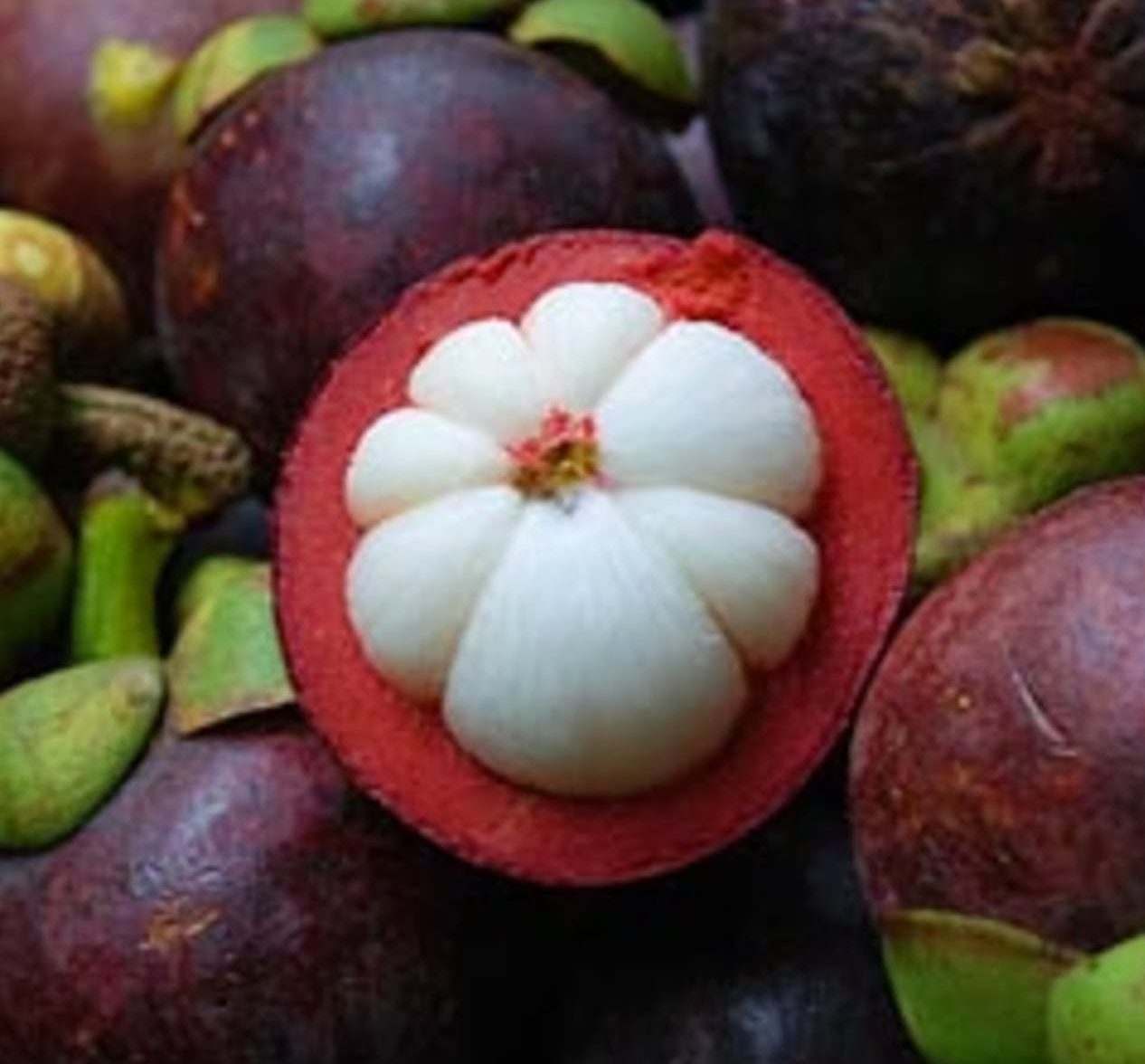 |
| 50 | Langsat | लांगसट (Langsat) | 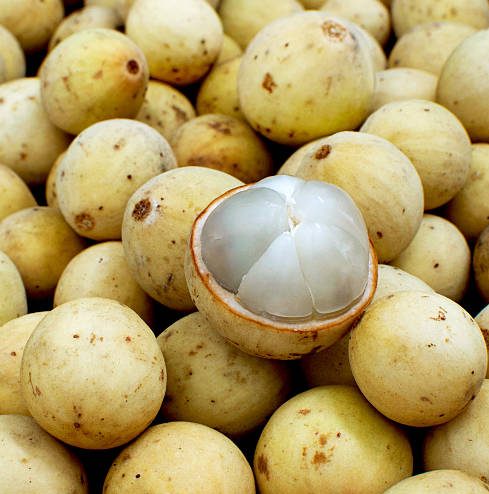 |
| 51 | Longan | लोंगन (Longan) | 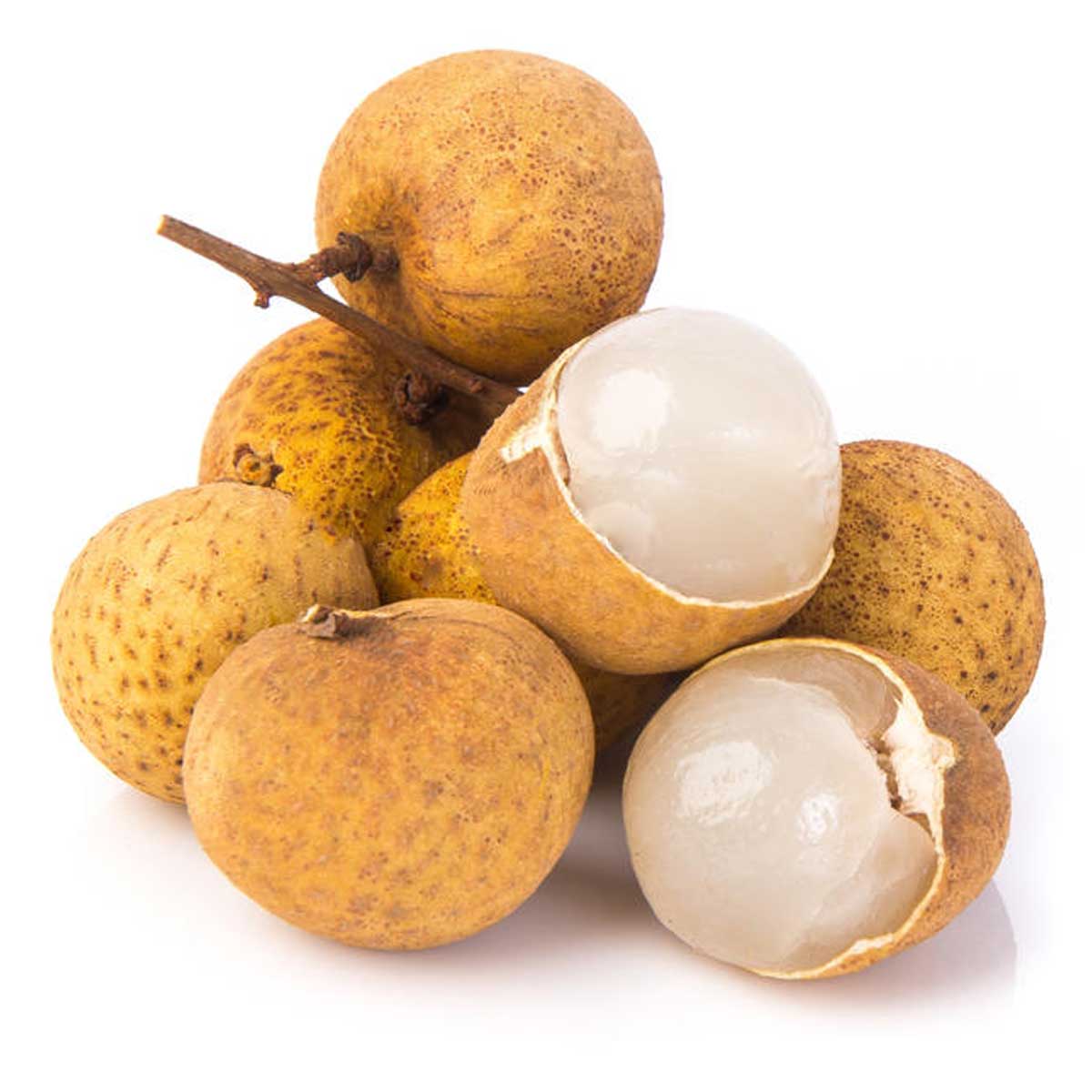 |
| 52 | Honeyberry | हनीबेरी (Honeyberry) | 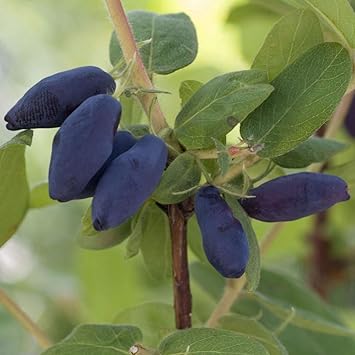 |
| 53 | Miracle Fruit | चमत्कारी फल (Chamatkari Phal) | 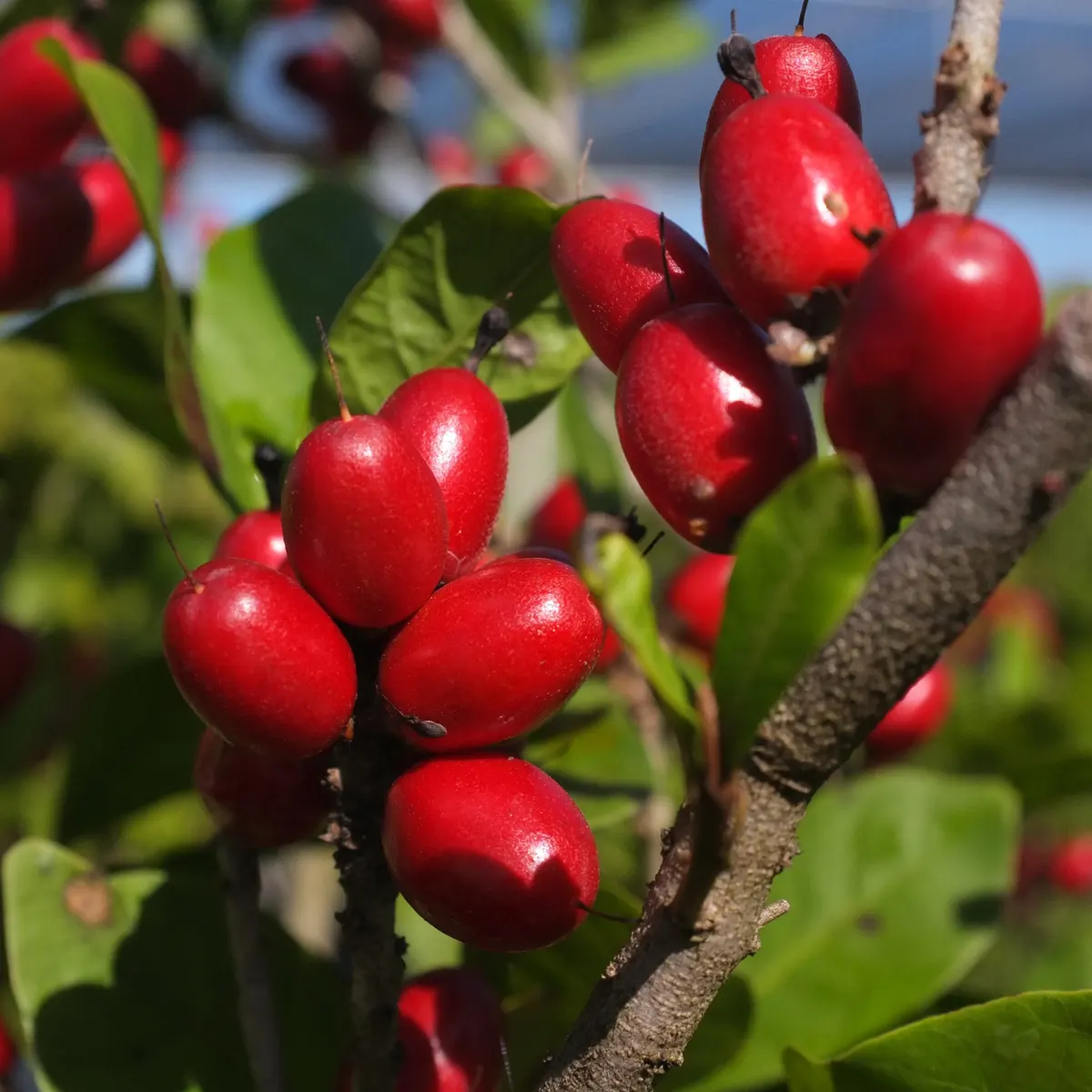 |
| 54 | Noni | नोनी (Noni) |  |
| 55 | Durian | डुरियन (Durian) | 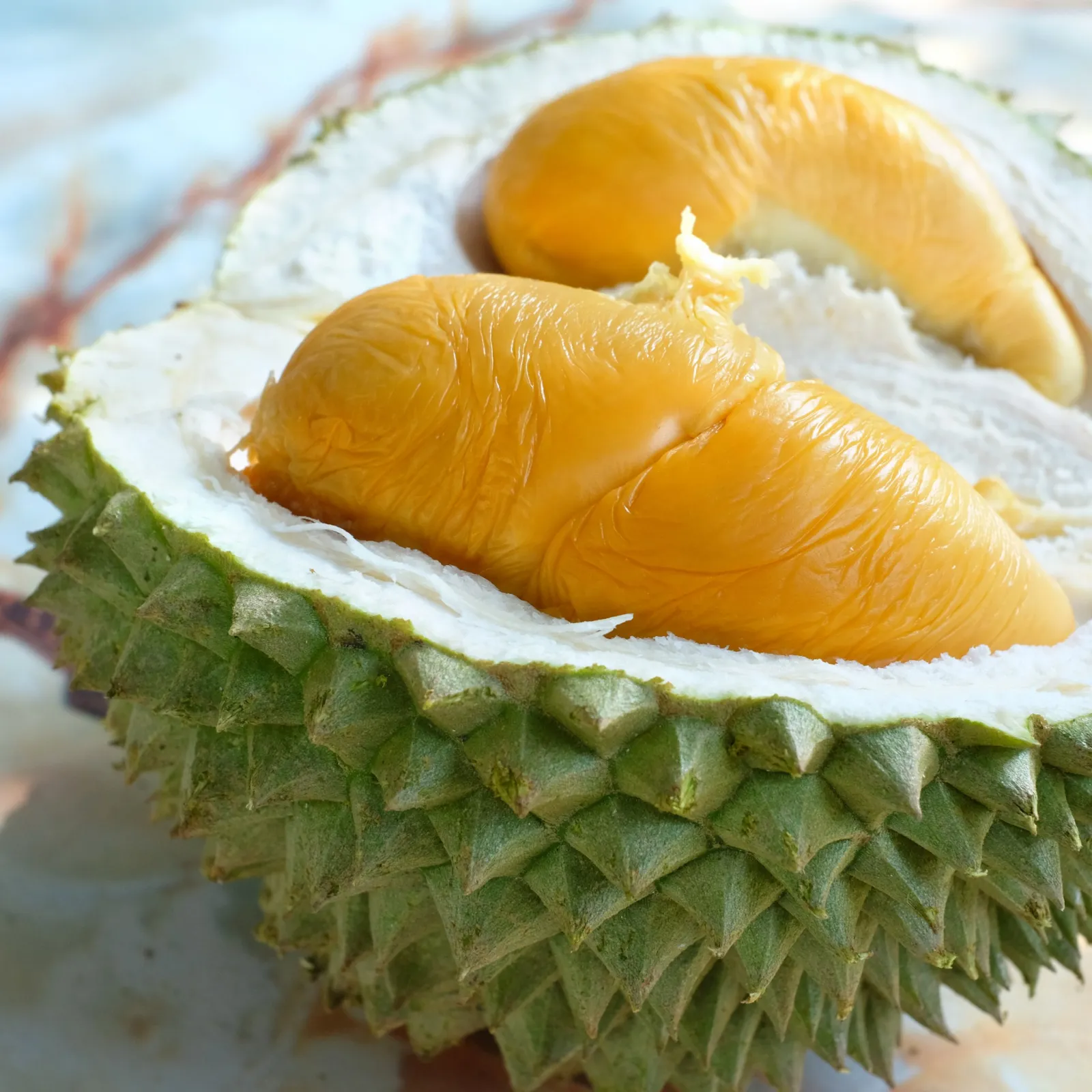 |
| 56 | Jabuticaba | जबुतिकबा (Jabuticaba) | 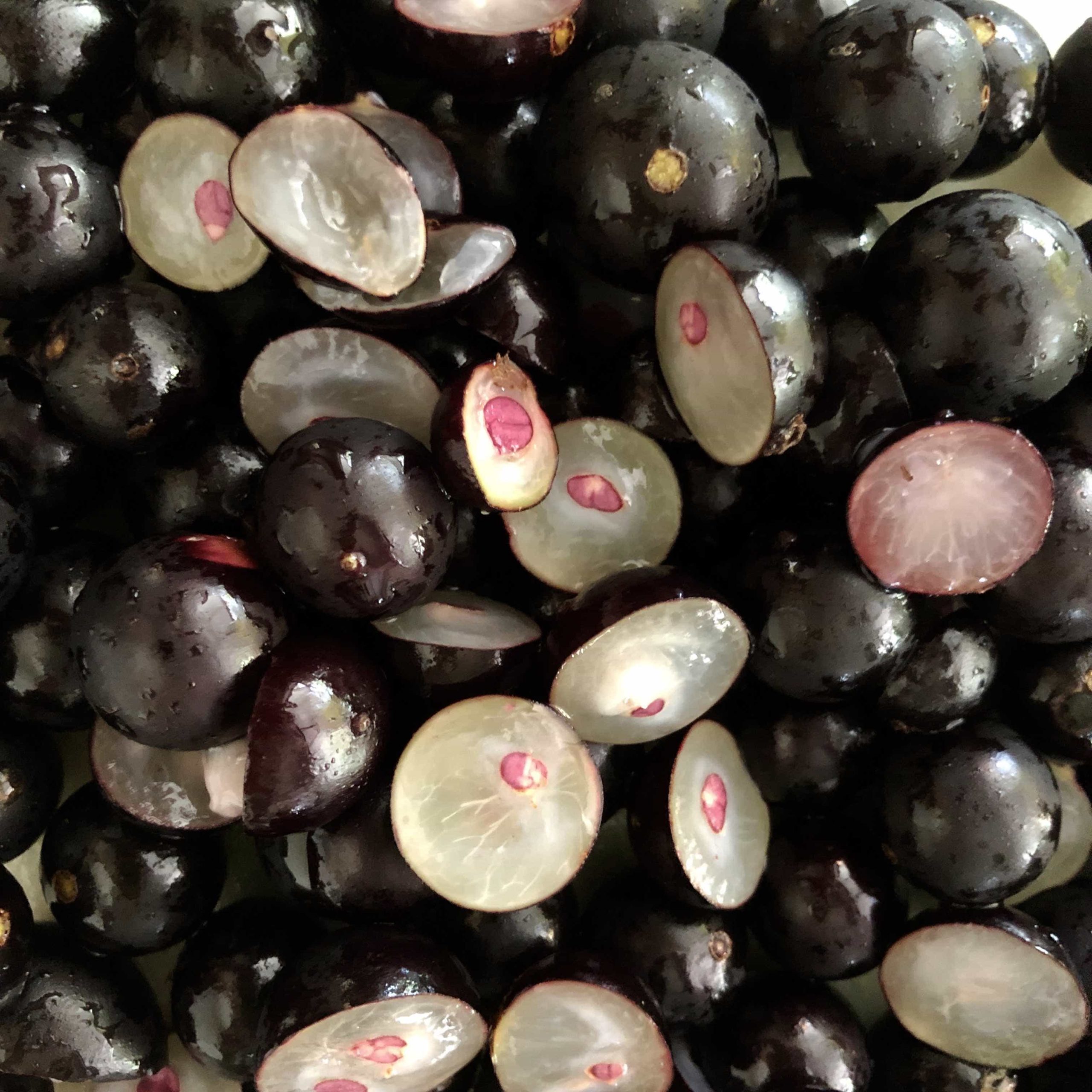 |
| 57 | Marang | मरण (Marang) | 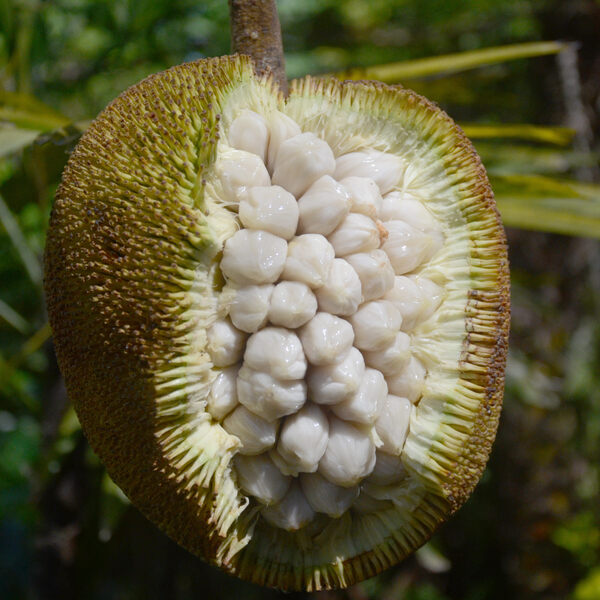 |
| 58 | Pulasan | पुलासन (Pulasan) | 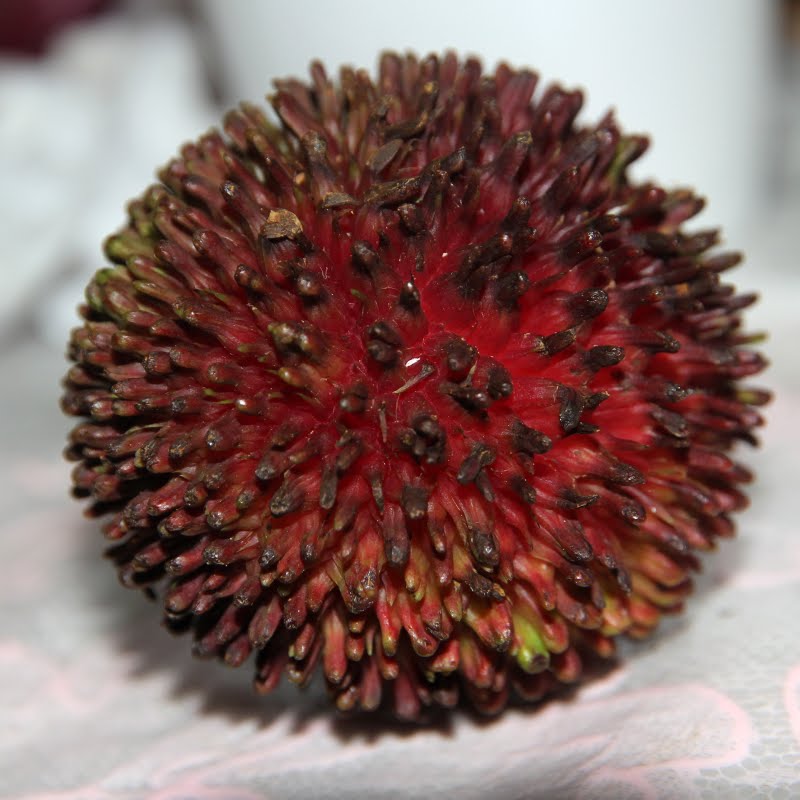 |
| 59 | Salak | सलक (Salak) | 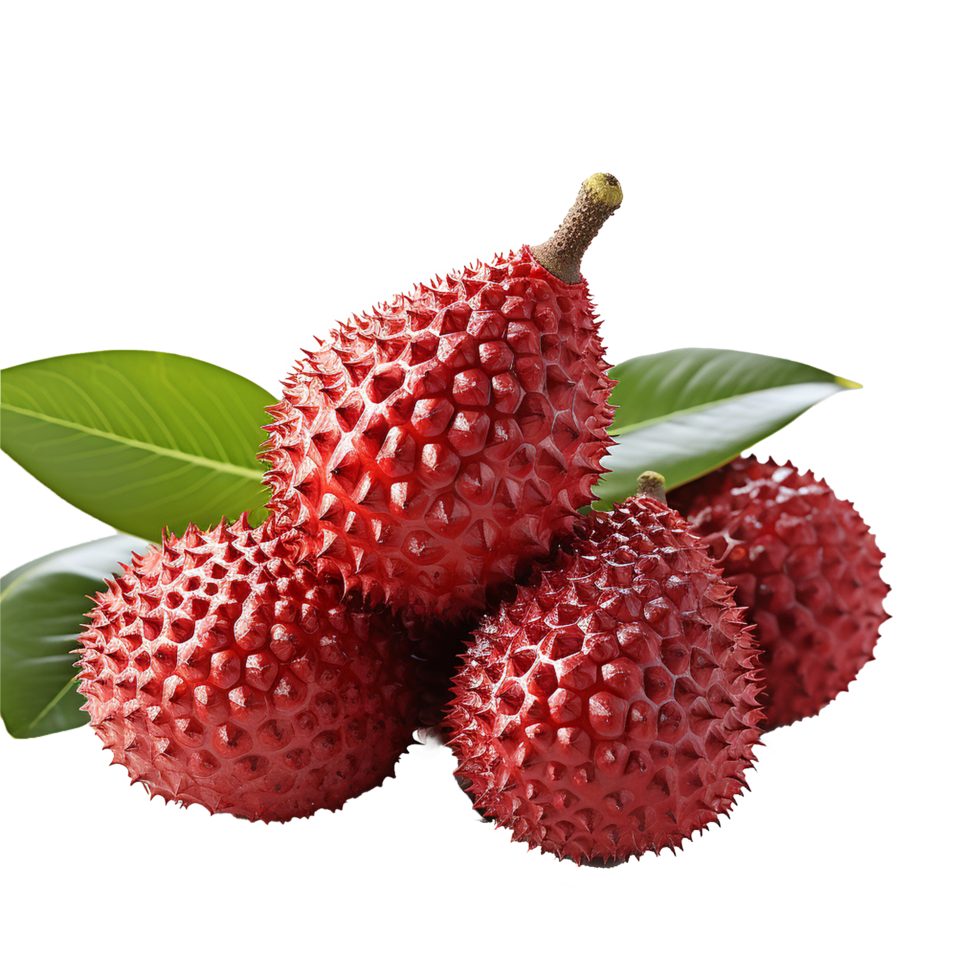 |
| 60 | Santol | सेंटोल (Santol) | 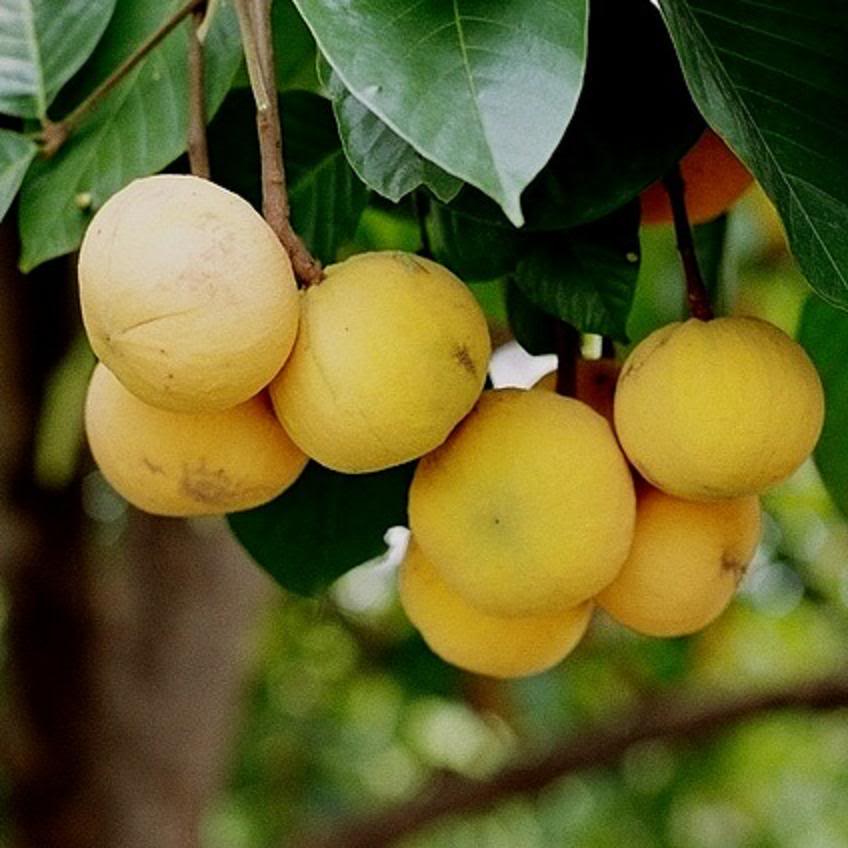 |
| 61 | Soursop | सोरसॉप (Soursop) | 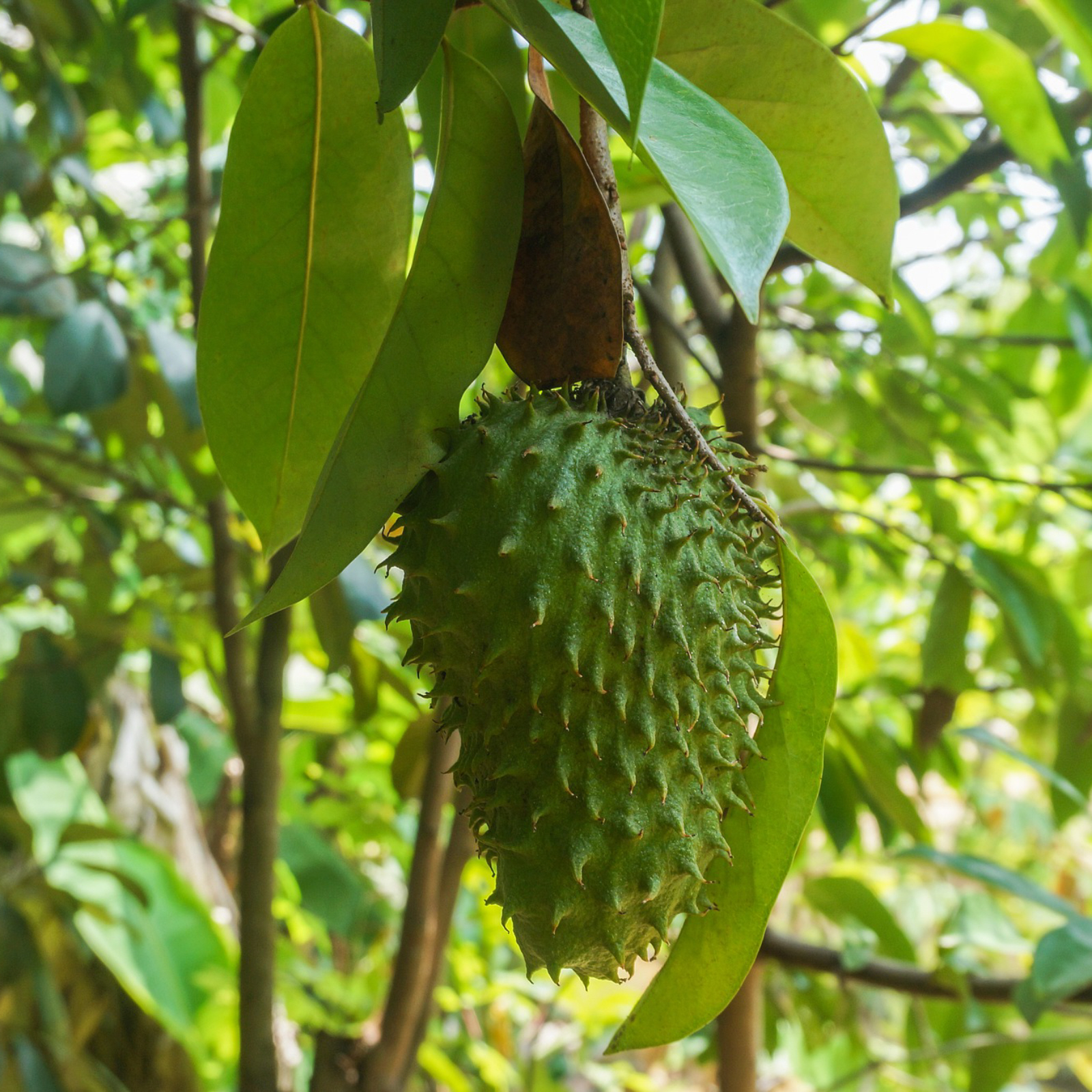 |
| 62 | Acerola | असेरोला (Acerola) | 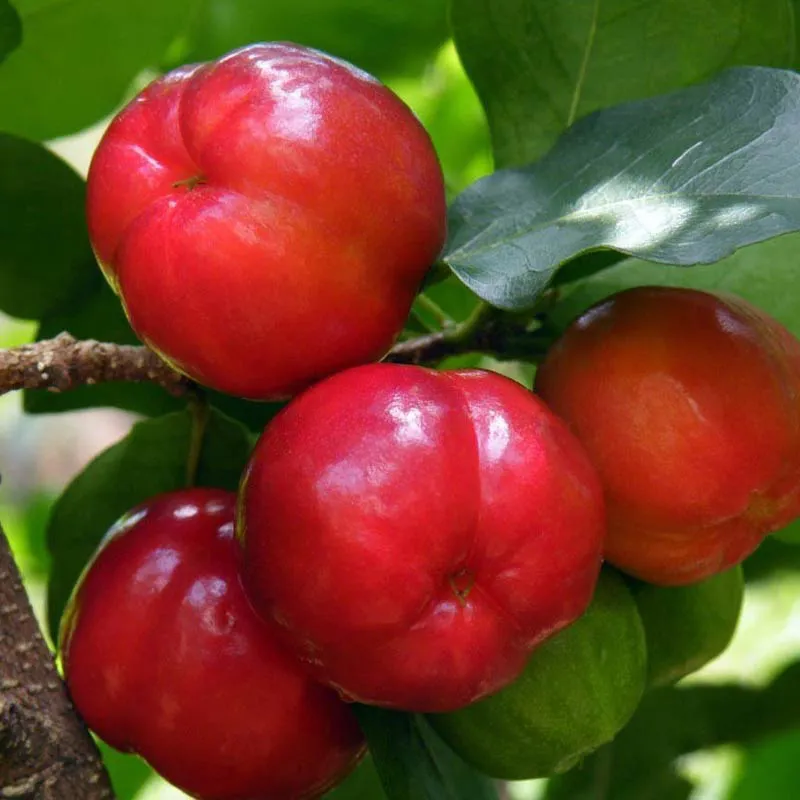 |
| 63 | Bilberry | बिलबेरी (Bilberry) | 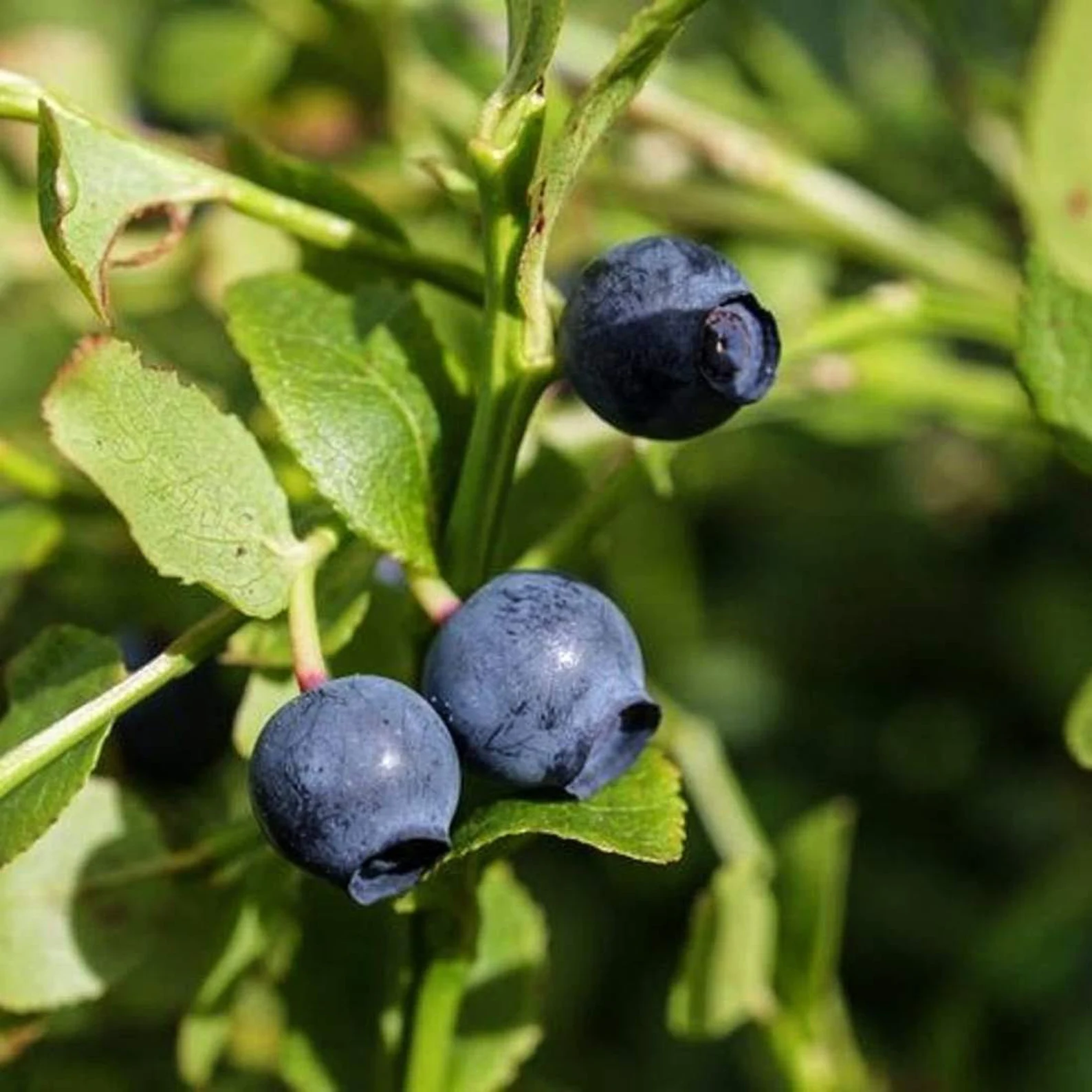 |
| 64 | Black Sapote | काले सपोटे (Kala Sapote) | 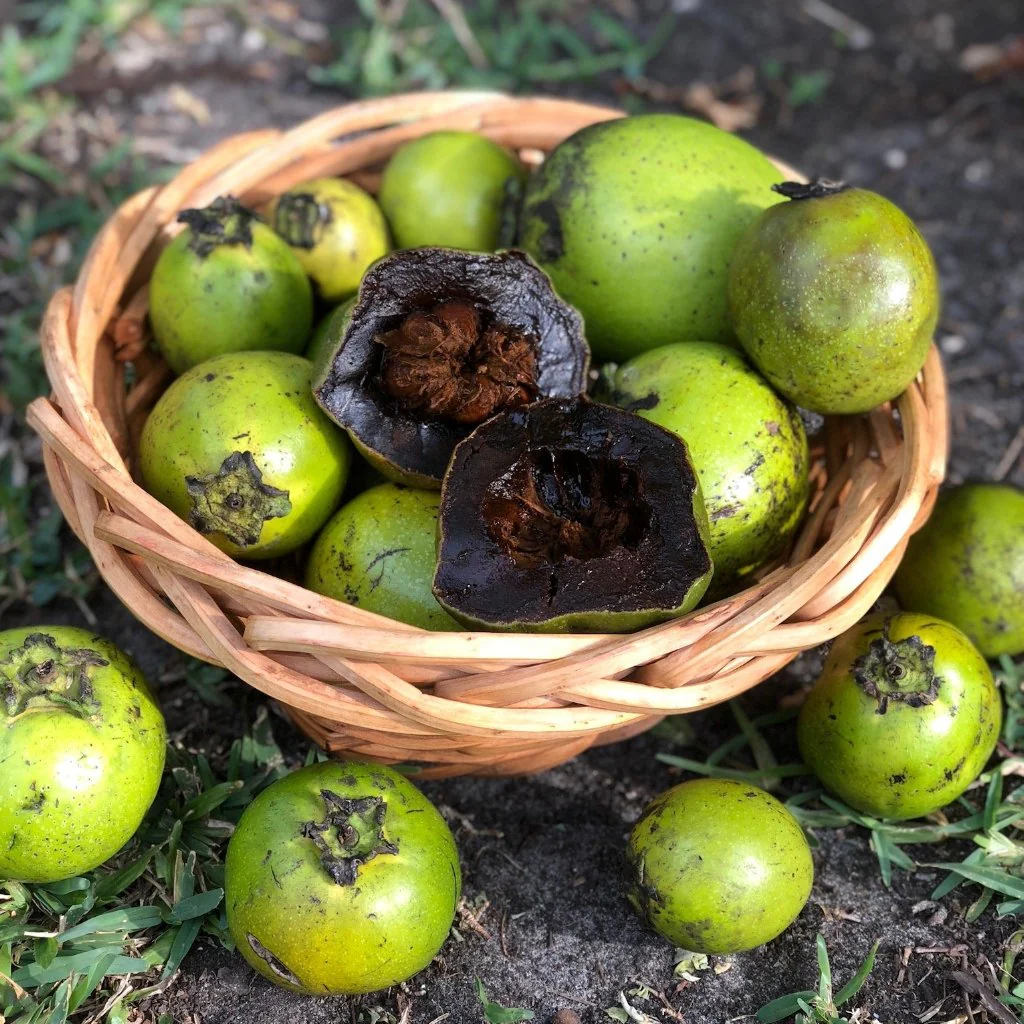 |
| 65 | Chempedak | चेम्पेडाक (Chempedak) |  |
| 66 | Feijoa | फेजोआ (Feijoa) | 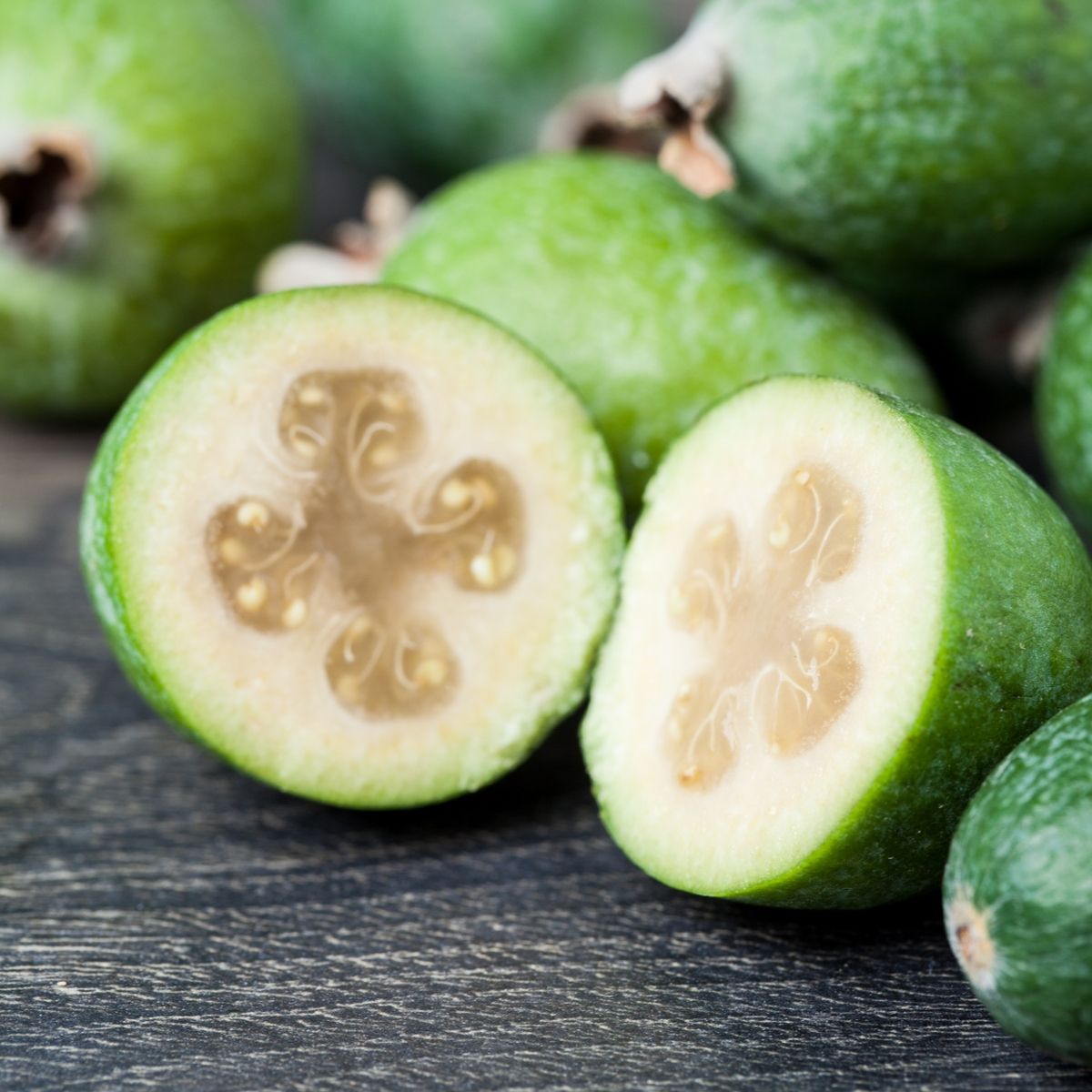 |
| 67 | Hala Fruit | हाला फल (Hala Phal) | 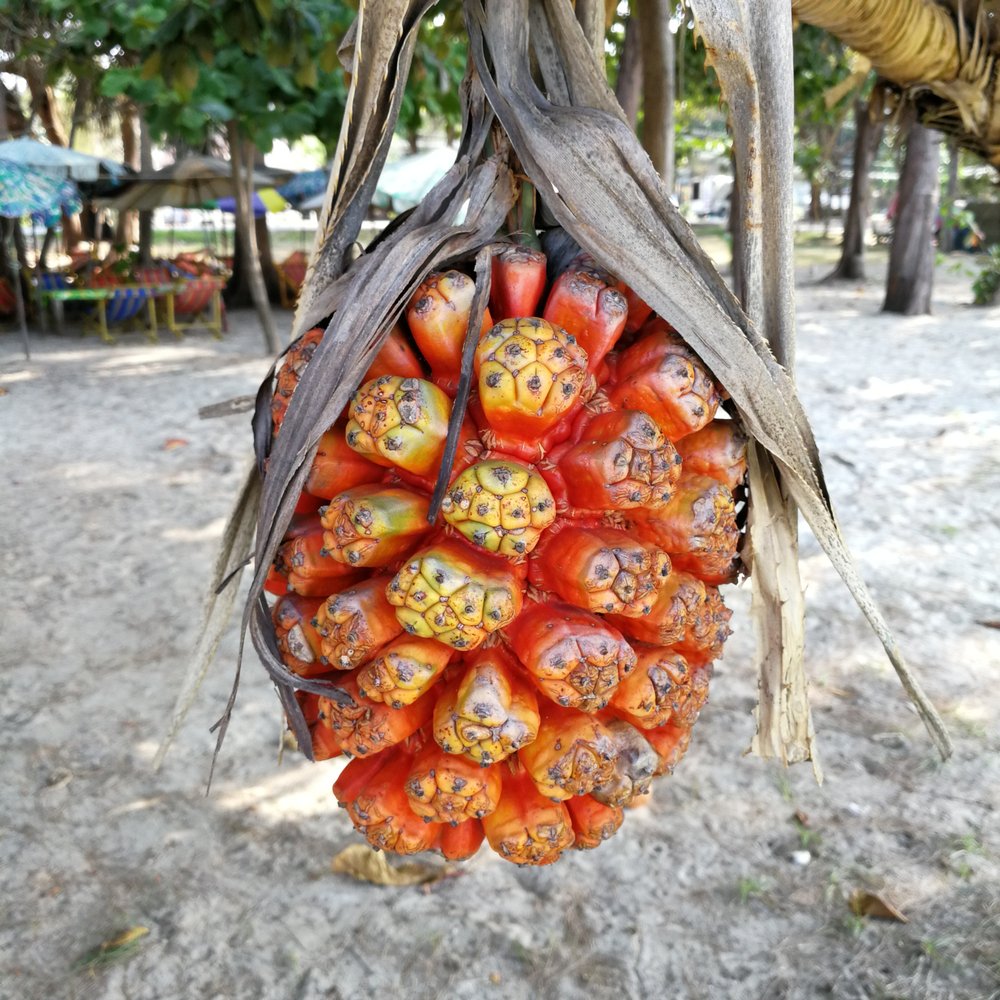 |
| 68 | Indian Prune | भारतीय बेर (Bhartiya Ber) |  |
| 69 | Jackalberry | जैकलबेरी (Jackalberry) | 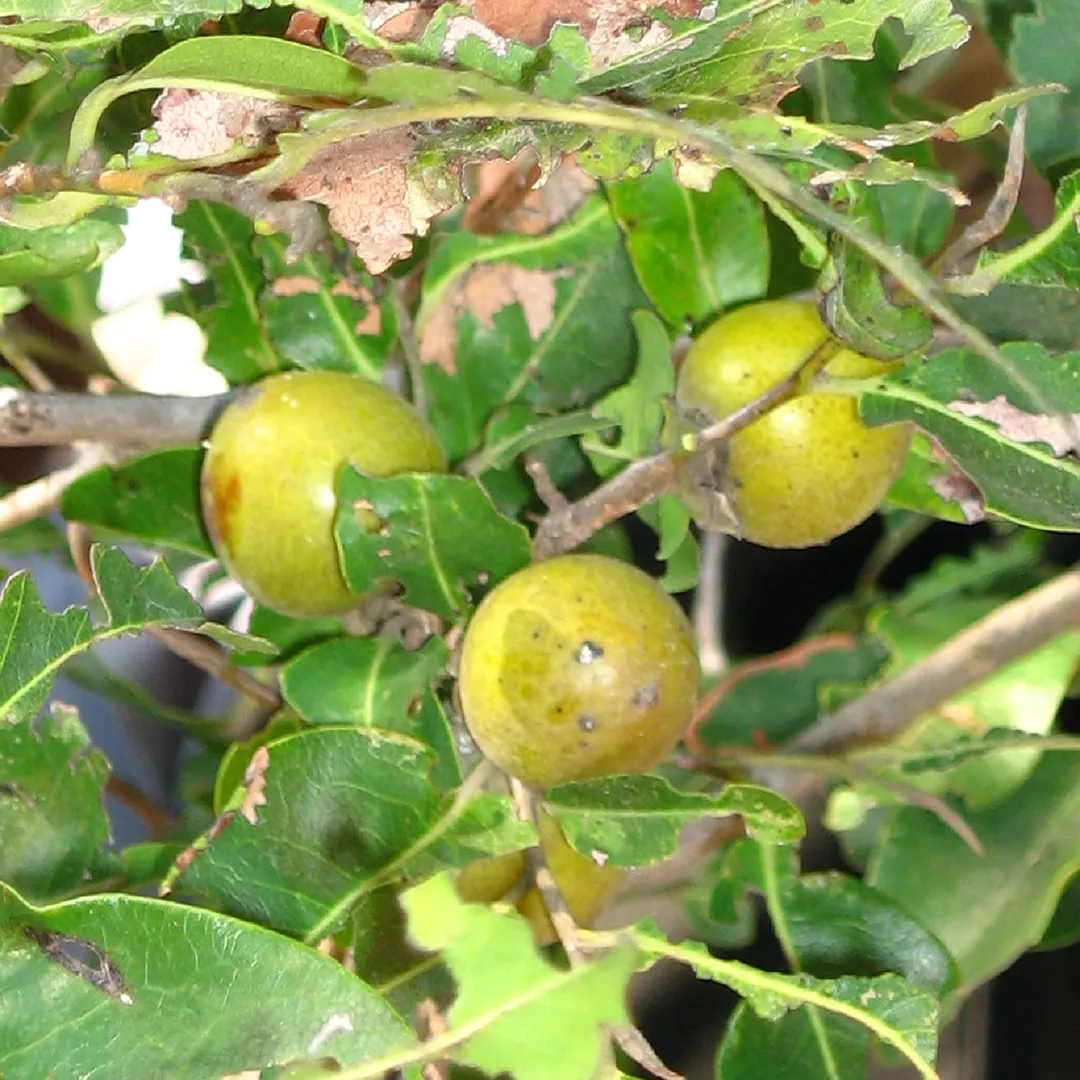 |
| 70 | Kei Apple | केई सेब (Kei Seb) | 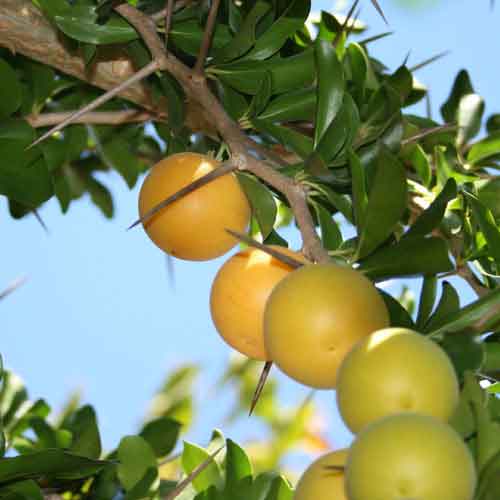 |
Benefits of Learning Fruit Names in Hindi and English
Knowing fruit names in both Hindi and English can really improve your language skills. It’s a simple way to learn new words in two languages at once.
Plus, it helps you connect with different cultures more easily. When you know what different fruits are called, you can also make better choices about what you eat.
You’ll understand what’s what at the market, and you can appreciate all the good stuff fruits do for your health.
Improves language skills
Learning fruit names in both Hindi and English can really boost your language skills. Knowing words in two languages helps build your vocabulary and makes your brain more agile.
When you study languages this way, you develop stronger brain connections that help with language and memory. This makes it easier to switch between languages quickly, which is super useful if you’re in a place where people speak multiple languages.
Also, knowing how to name everyday things like fruits in different languages can make you more confident in speaking. It encourages you to talk more and get better at understanding the subtle differences in how each language sounds.
Cultural awareness
Knowing fruit names in Hindi and English can boost your cultural understanding. When you learn these names, you get a closer look at different traditions and ways of life. This knowledge helps in talking to people from different backgrounds, making everyone feel included.
For example, if you know that the mango is called ‘aam’ in Hindi and is the ‘king of fruits’ in India, you’ll see why it’s so important in their festivals and food. Also, when you can talk about fruits in both languages, you connect better in social gatherings, markets, and cultural events where fruits often have special meanings.
Knowing these names makes your travels richer and your interactions with locals more respectful and enjoyable.
Nutrition knowledge
Knowing fruit names in Hindi and English helps us understand their health benefits, leading to better food choices. When we know that ‘Seb’ means Apple, and it’s packed with fiber, or that ‘Santra’ translates to Orange, loaded with vitamin C, we’re more likely to eat them.
This not only boosts our immune system and aids our digestion but also helps us talk more easily with doctors about our diet. Plus, understanding these names in two languages makes it easier to handle nutritional info wherever we go.
This way, learning a bit of both languages does more than just expand our vocabulary; it improves our health and that of our families too.
Tips for Learning Fruit Names in Hindi and English
Knowing fruit names in Hindi and English can really boost your language skills and help you connect with different cultures. Here’s how to make it easier.
First, using multimedia like videos or apps can be super helpful. They make learning fun and interactive.
Also, don’t forget to practice with friends. Talking about fruits, maybe during a meal, helps a lot.
And try to use your new words in daily life. When you shop for fruits or cook, think about the names in both languages. This kind of practice sticks with you.
Use flashcards or quizzes
Using flashcards or quizzes can really boost your memory when learning fruit names in Hindi and English. These tools make learning active and fun.
With flashcards, you can pair pictures of fruits with their names in both languages. This helps your brain make a strong link between the two.
Quizzes are great too. They let you test what you know and show you where you need to practice more.
Watch videos or listen to podcasts
Watching educational videos or listening to language-focused podcasts can really help when you’re learning the names of fruits in Hindi and English.
Videos are great because they show you the fruit while teaching you the word, helping you remember it better.
Podcasts are all about listening. They help you get the pronunciation just right, and you can listen to them anywhere, like when you’re commuting or working out.
Both videos and podcasts use a lot of repetition, which is key in learning a new language. They often feature native speakers or experts, which is great because you get to learn the language as it’s actually spoken. This makes your learning feel more real and keeps things interesting.
Practice with friends or family members who speak both languages
Practicing with friends or family who know both Hindi and English well can really boost your learning of fruit names in both languages. This method helps you remember better because you use the words a lot. It also teaches you how to say the names right and use them in everyday talk.
When you use the names while chatting, you learn in a way that sticks more than just studying alone. You can make it fun, too, by turning it into a game or a quiz with others. This makes learning exciting and less scary.
Plus, when you make mistakes, you get help right away. This is key to getting better at the small details of the language.
Visit local markets or grocery stores to see and learn the names in person
Visiting local markets or grocery stores is a great way to learn fruit names in Hindi and English. These places are full of different fruits, from the ones you see every day to more unusual kinds.
When you talk to the vendors, you get to hear how these names are pronounced in both languages. Plus, the signs and labels often show the names in Hindi and English, which helps with remembering them.
This way of learning is not just about memorizing words; it also helps you understand the culture behind the fruits. And let’s be honest, it makes learning more fun and natural.
Incorporate fruits into your meals to help remember their names
Adding different fruits to your daily meals can help you remember their names in Hindi and English. For example, you can toss ‘Seb’ (apple) into your salads or blend ‘Kela’ (banana) into your smoothies. This regular use makes their names stick.
Why not have a fun fruit theme day like ‘Tropical Tuesday’? You can enjoy ‘Ananas’ (pineapple) and ‘Nariyal’ (coconut) in some exciting ways.
Also, cooking with your family using fruits like ‘Aam’ (mango) for desserts or ‘Angoor’ (grapes) for snacks makes it a fun learning activity. Each time you handle the fruit when cooking, you get better at remembering the names in both languages.
Conclusion
Knowing fruit names in both Hindi and English is pretty handy. It sharpens your language skills and gives you a peek into how diverse cultures enjoy different fruits.
This isn’t just about talking the talk; it’s about expanding what you know in the kitchen too.
As the world gets more connected, being able to chat about something as simple as fruits in two languages is a real plus. It makes you more culturally savvy and can spice up your meals.

Deepak Sharma is a passionate writer and avid traveler who specializes in uncovering the beauty and history of India’s attractions and temples. A graduate of Delhi University, Deepak has a deep-rooted love for his country and its rich cultural heritage.
